The gold shower head, with its elegant appearance, adds a touch of understated yet luxurious elegance to the bathroom. However, what determines whether it is "good-looking and durable" is not the color itself, but the three core elements of the base material, surface treatment process and internal materials. Many consumers are more easily attracted by the appearance when purchasing, but ignore the differences in materials and methods, which often directly affect whether it will fade, corrode, leak, and be easy to clean and maintain in the future. This article will take a consumer's perspective to help you understand the material logic behind the gold shower head to avoid "buying beautiful but worrying about using it".
1. The base material determines the "skeleton": brass, stainless steel, and ABS each have their advantages and disadvantages
1) All-copper (brass) body: a stable and corrosion-resistant "old player"
High-quality brass (commonly H59/H62 or low-lead brass) has long been the preferred base material for high-end shower heads due to its high density, good strength, and strong corrosion resistance. Its processing accuracy and stability are very reliable, and it is not easily damaged after years of contact with water. However, be cautious: the purity, lead content, and wall thickness of copper materials used by different manufacturers can impact the overall lifespan and safety. When purchasing, you should pay attention to whether the product meets the relevant low-lead contact safety standards for drinking water.
2) Stainless steel (304/316): tough, corrosion-resistant, and easy to maintain
304 stainless steel is a standard mid-to-high-end material with good corrosion resistance, high strength, and is also more environmentally friendly; 316 stainless steel is more stable in salty and humid environments (such as coastal areas or bathrooms with high humidity) and has stronger resistance to chloride ion corrosion. If the water quality in your area is relatively complex and the chloride ion content is high, prioritise gold showers with stainless steel substrates, as they are safer than some low-quality copper materials or spray-coated parts.
3) ABS engineering plastics: light and cost-effective, but more stringent process requirements
ABS substrates are commonly used in shower heads due to their high cost-effectiveness and lightweight nature. It has good moulding ability, impact resistance, and light weight, but the premise is that the surface treatment process must be robust; otherwise, the gold layer will easily peel off, fade, or be corroded by detergents. For ABS showerheads, the key is to determine whether they use high-quality electroplating or PVD coating, and whether the nozzle position features scale-resistant silicone material.
2. Surface technology is "armour": PVD, electroplating, and spraying are very different
1) PVD (physical vapour deposition): high hardness, scratch resistance, and corrosion resistance
PVD can form a dense, highly adherent thin layer of metal nitride (such as TiN, ZrN, etc.) on the surface of metal or plastic, resulting in a stable and deep gold colour. Its advantages include wear resistance, corrosion resistance, resistance to detergent erosion, and resistance to fading. It is the mainstream of current high-end gold bathroom surface treatment. If you want the gold to be more durable, scratch-resistant, and wear-resistant, give priority to products marked with "PVD".
2) Traditional electroplating: The appearance is glossy, but the corrosion resistance and adhesion depend on the quality of the coating
The electroplating process is mature, the cost is controllable, and the effect can be done very beautifully. However, the thickness, uniformity, and pre-treatment (such as degreasing and rust removal) of the electroplating layer, as well as the quality of the later sealing holes, will affect the durability. If you choose a gold-plated shower head, be sure to check whether the brand offers a higher level of salt spray resistance or a longer surface warranty period.
3) Spraying/painting: flexible appearance, but relatively limited overall durability
The most significant advantage of spraying is the freedom of colour expression, which can produce different gold tones (such as champagne gold and brushed gold) and texture effects. However, its wear and corrosion resistance are usually not as good as PVD and high-quality electroplating, and it is more suitable for scenes with limited budgets and low usage requirements.

3. Invisible "internal strength": valve core, seal, and nozzle materials are also critical
The "shortcomings" of many shower heads are not on the outside, but on the inside.
Valve core material and structure: The ceramic valve core is more wear-resistant, exhibits good sealing performance, feels smooth, and is less prone to dripping over time.
Seal ring and O-ring: EPDM, silicone, and other water-resistant, temperature-resistant, and anti-ageing materials are preferred to prevent leakage after long-term use.
Nozzle material: Using food-grade silicone nozzles can reduce scaling, and scale can be removed by gently rubbing, making maintenance more worry-free.
Connectors and nuts: Brass or stainless steel are more reliable, as they avoid cracking of plastic parts after exposure to high temperatures or prolonged stress.
4. How to judge "good material + good craftsmanship"? Identification list for consumers
Weighing: Under the same size, all-copper or stainless steel showers are usually heavier and more solid.
Look at the surface: Is the plating/coating uniform, without pinholes, with no noticeable colour difference, and no burrs. The PVD layer is usually darker and more moist.
Touch the feel: Is the edge polished and rounded, is the feel delicate, and is there a "cutting feel"?
Ask about parameters: Is PVD marked, electroplating grade, salt spray test duration, colour temperature consistency (if with light), water efficiency grade, etc.
Look at the nozzle: The silicone nozzle is more conducive to anti-scaling and is easy to clean.
Check the warranty and standards: Pay attention to the warranty period of the main body, surface treatment, and valve core, and whether it meets the relevant drinking water contact material safety standards and water efficiency specifications.
Check the installation method and the completeness of accessories, including hoses, brackets, decorative covers, and installation instructions. A complete set typically indicates that the brand has a more mature user experience.
5. How to extend the service life of the golden shower? Maintenance details are the key
² Gentle cleaning: Use a neutral detergent and a soft cloth to clean. Avoid using strong acids, alkalis, or cleaning products containing abrasive particles.
² Avoid long-term scale erosion: If the local water quality is hard, regularly apply a mild proportion of white vinegar to the nozzle area, and then rinse with clean water. Do not soak the golden surface for an extended period.
² Dry the surface frequently: Wipe away water droplets with a dry cloth after each use to prevent stubborn spots from forming after the water stains dry, especially on electroplated or sprayed surfaces.
² Check the connection regularly: Inspect the hose and joint for signs of leakage, and check the sealing ring for ageing. Replace it as soon as possible if necessary.
² Follow the instructions: Different brands of PVD, electroplating, or spraying processes may have clear restrictions on cleaning agents, temperatures, and maintenance methods. Following the instructions can avoid a lot of unnecessary surface damage.
6. Purchase strategy: Make gold truly "high-quality and long-lasting"
Base material priority: If the budget allows, prioritise all-copper or 304/316 stainless steel base materials.
Surface process priority: Pursue higher durability, preferably through PVD, while prioritising cost-effectiveness and maintaining attention to electroplating quality.
In addition to "visible details", we should pay more attention to "invisible internal" components, such as valve cores, seals, and connectors, which also determine durability.
Don't be fooled by "colour": gold does not mean high-end; materials and craftsmanship are the key.
After-sales guarantee: extended warranty is not everything, but it represents the brand's confidence in materials and craftsmanship.
7. Conclusion: Materials are the essence, craftsmanship is the soul
A truly durable gold shower is by no means as simple as "shiny". The material determines the skeleton, the craftsmanship determines the surface protection, and the internal materials determine the stability and long-term safety. **When you raise the standards of "base material + surface treatment + internal components" by one level, the gold shower you buy may truly be "both beautiful and durable". **If you are upgrading your bathroom, you might as well start by "understanding the materials" and choose a golden showerhead that can truly match your quality of life for a long time.

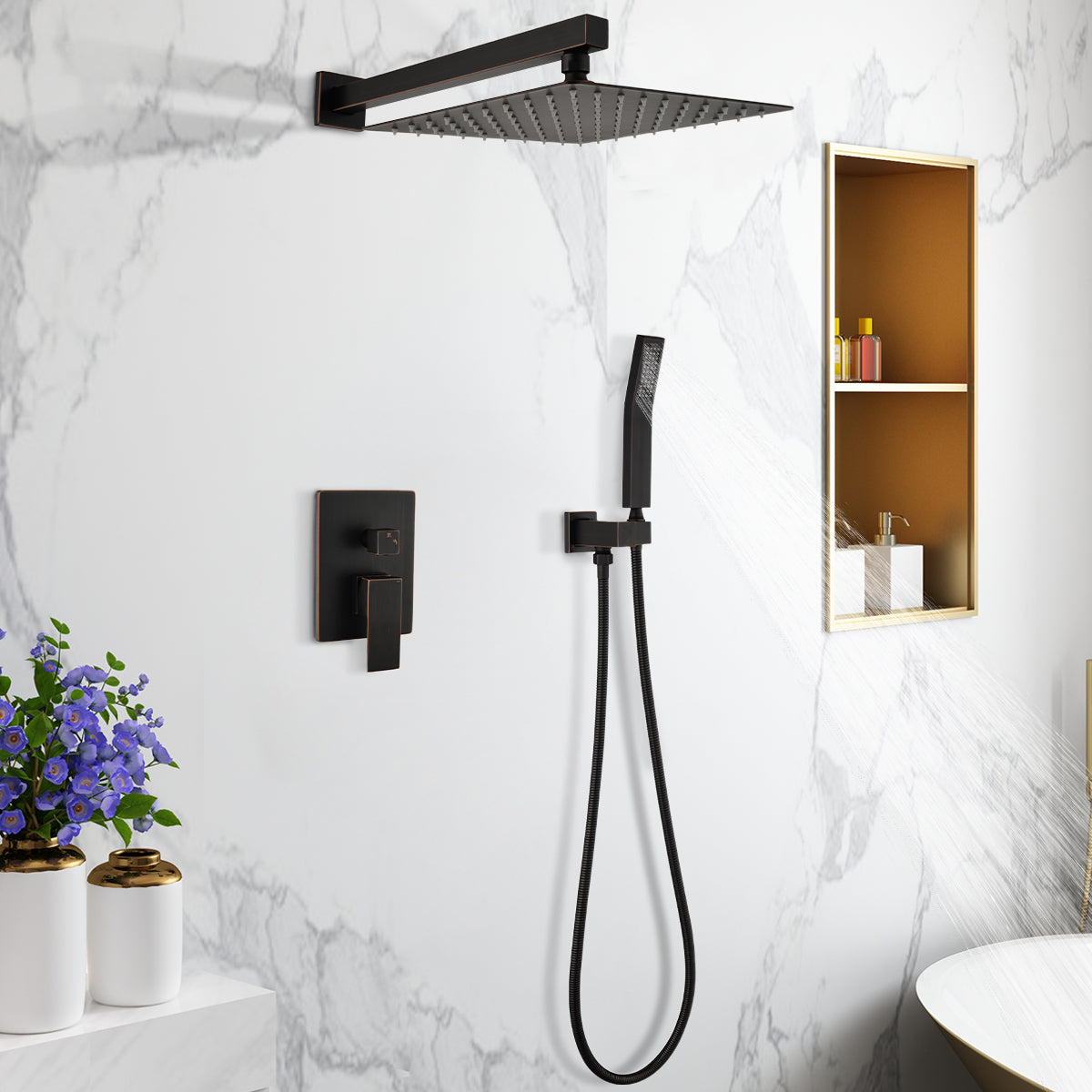
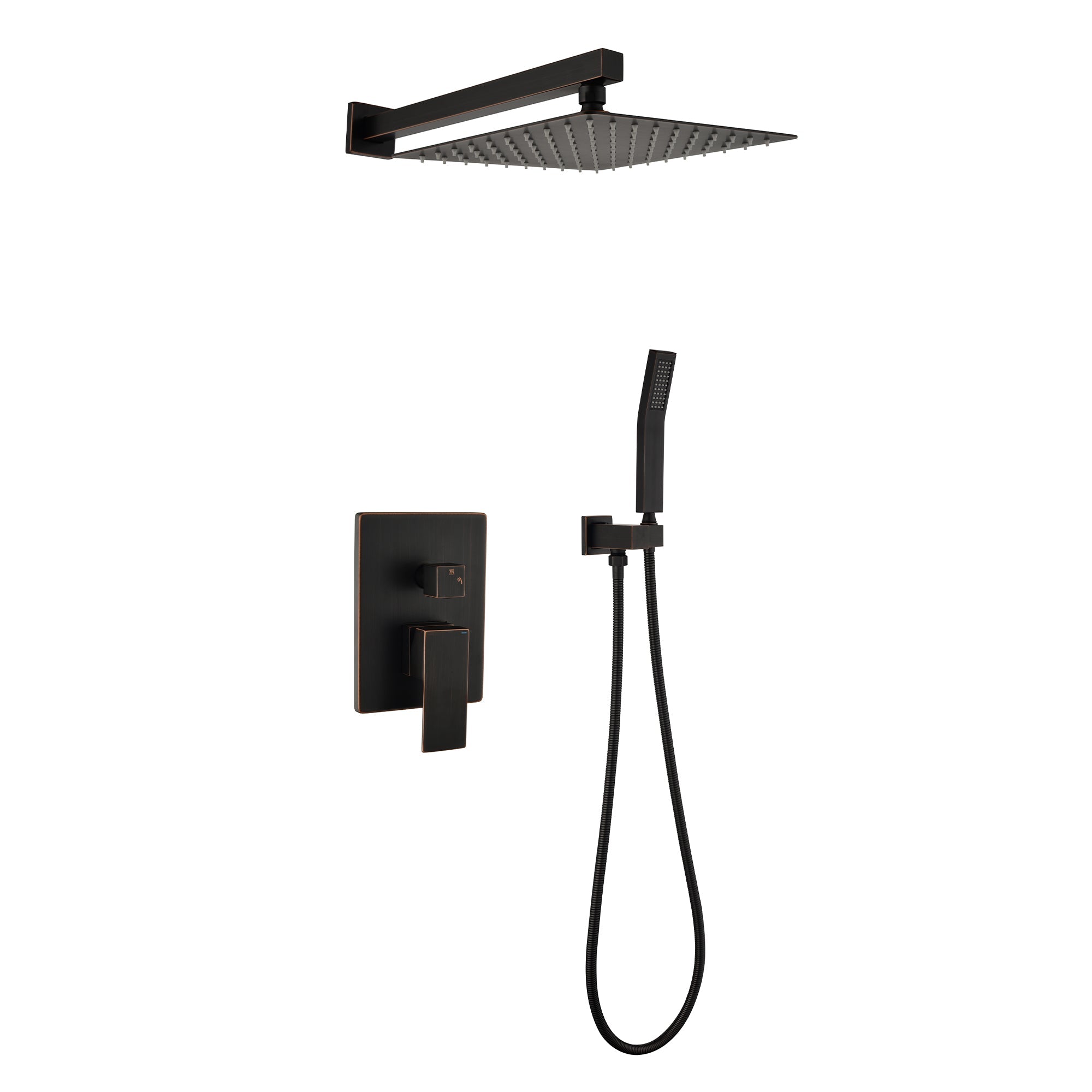


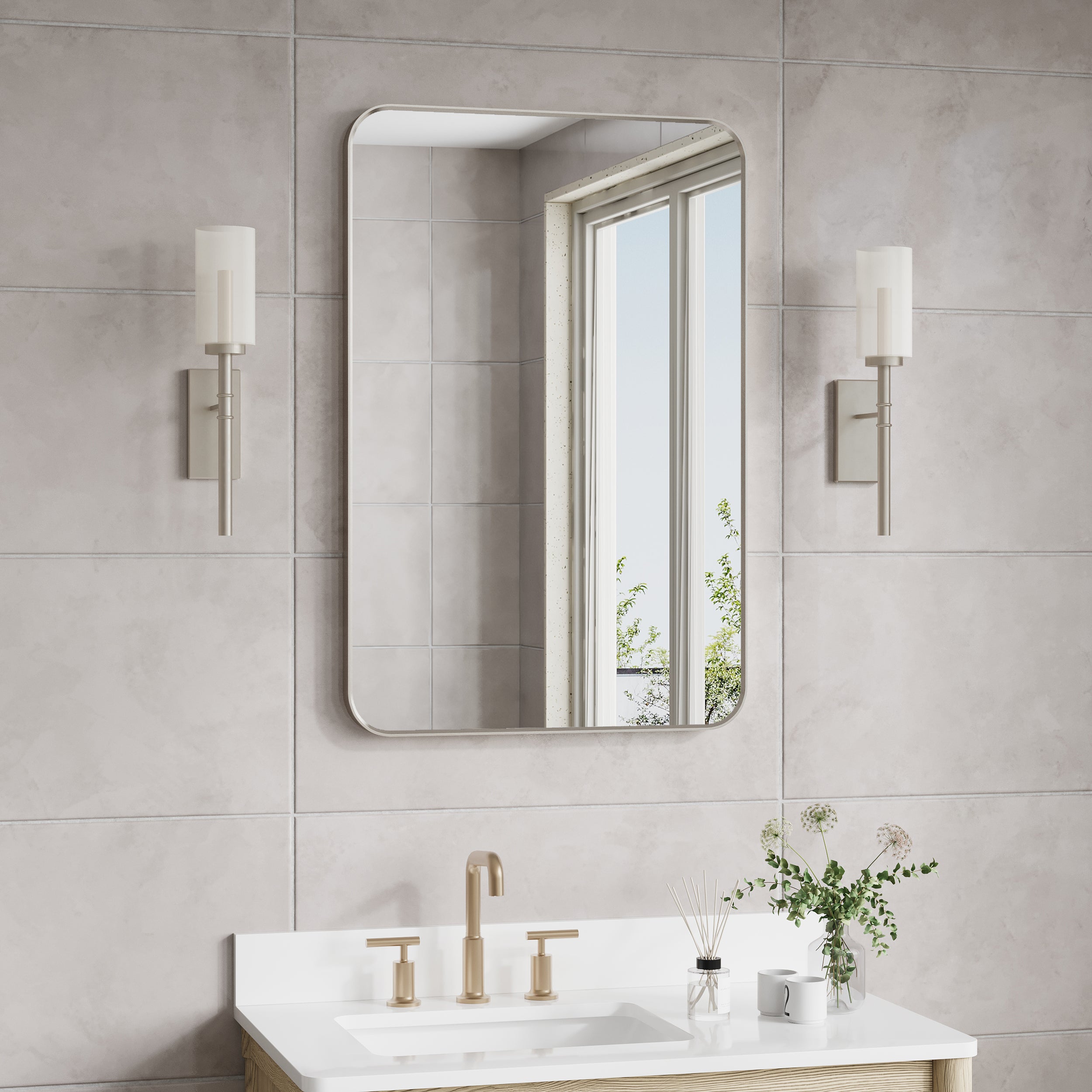
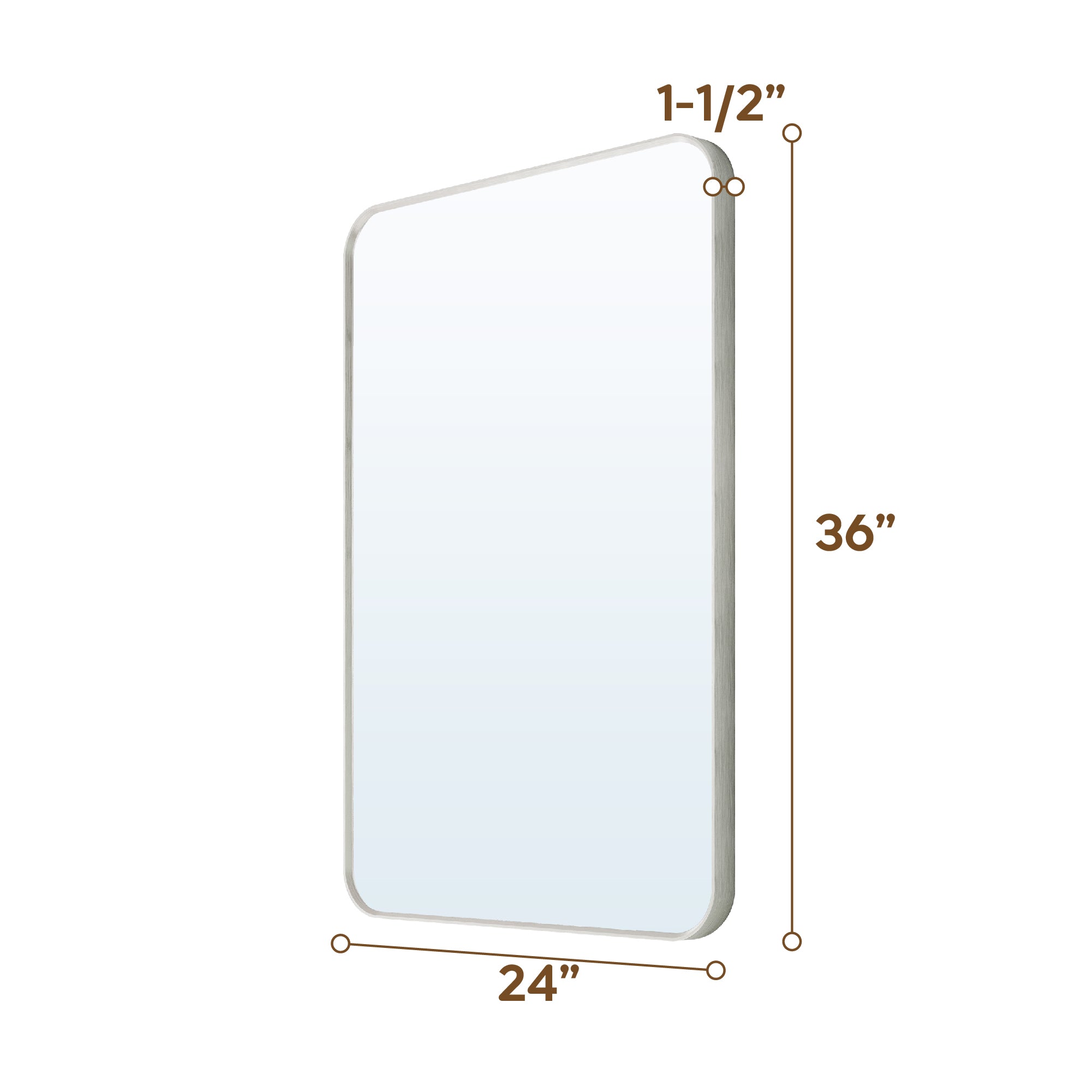

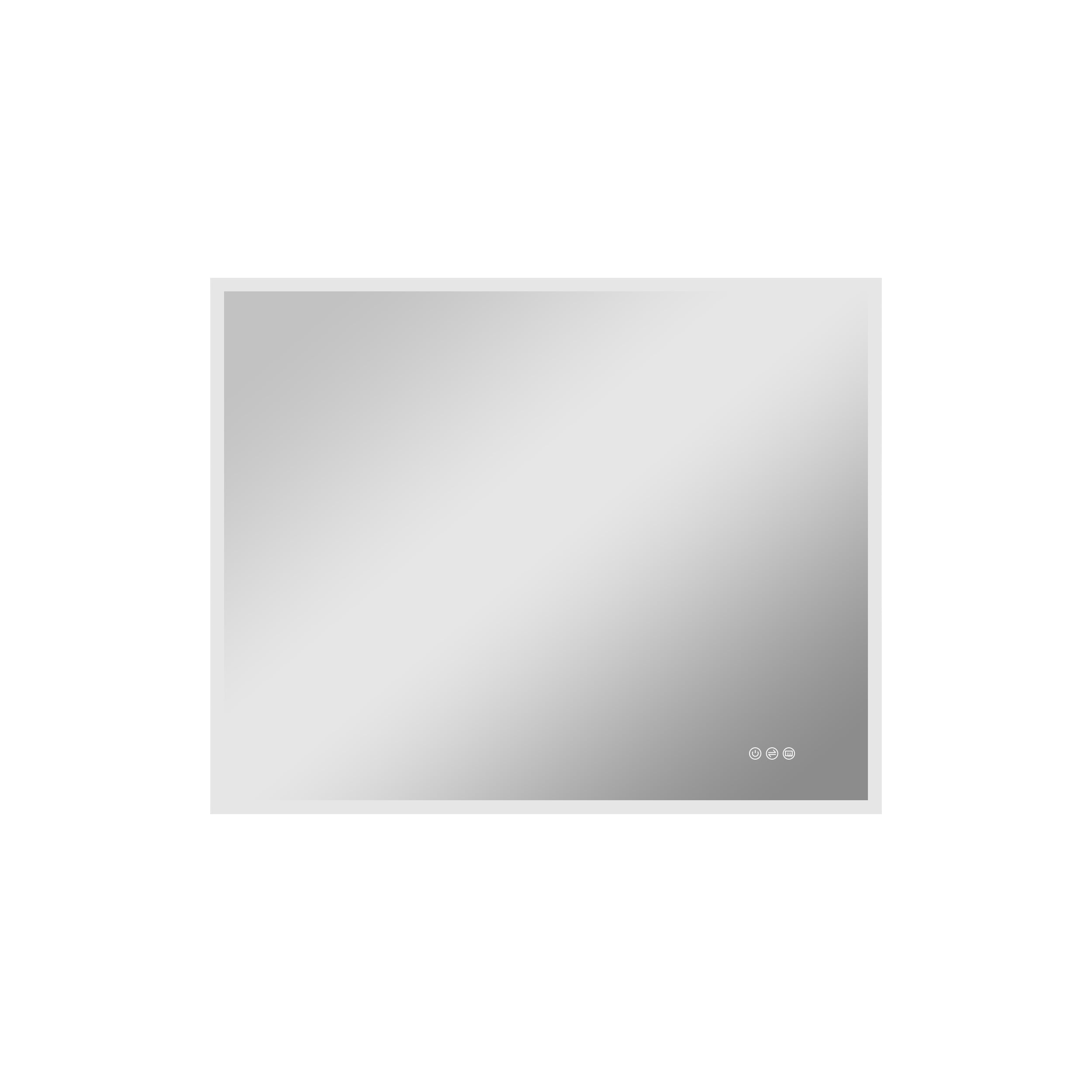
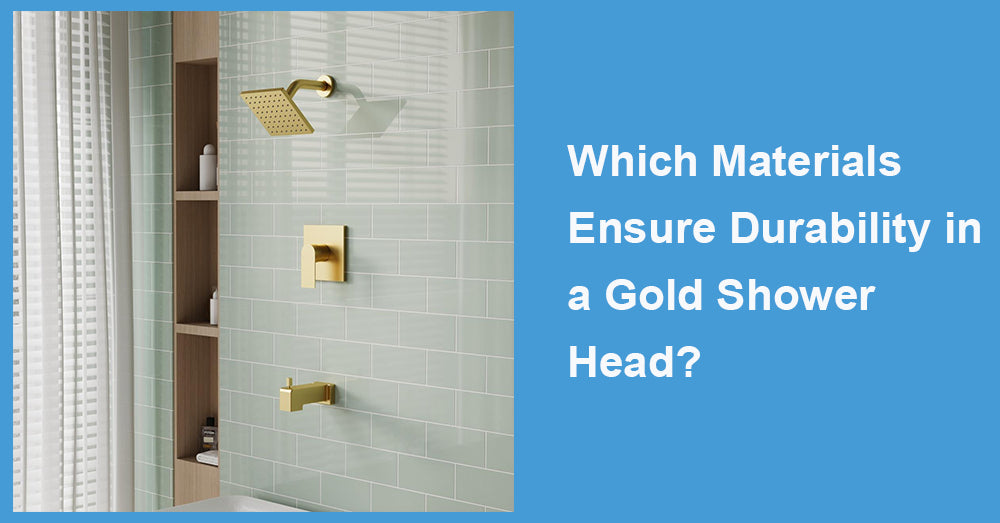
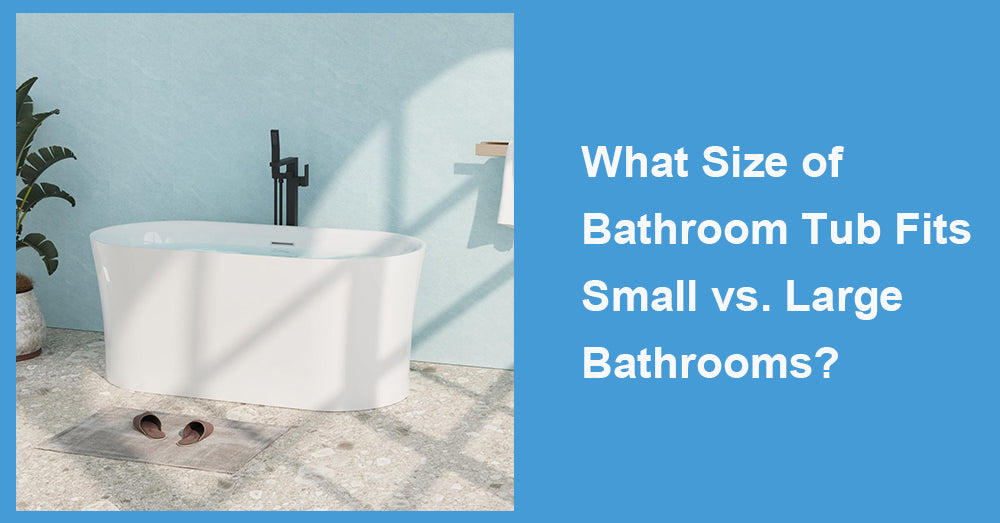
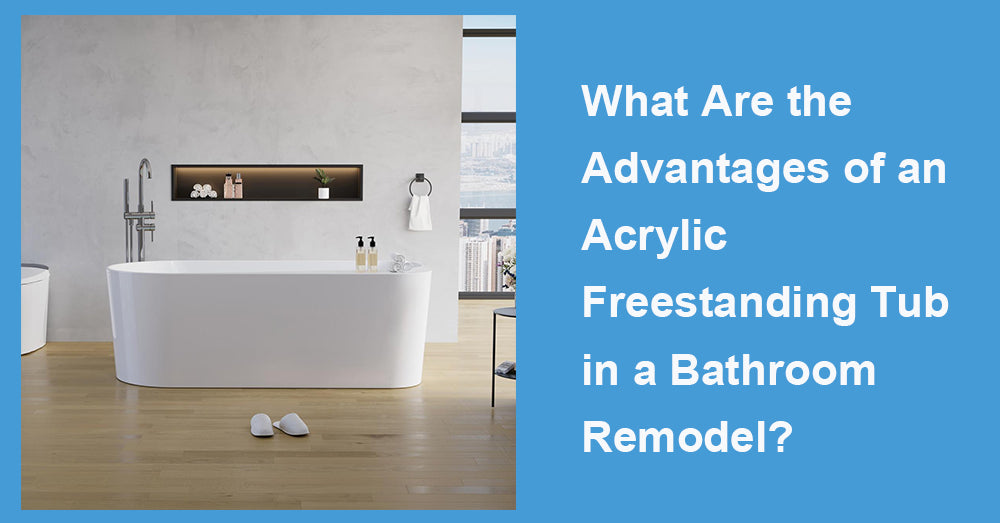
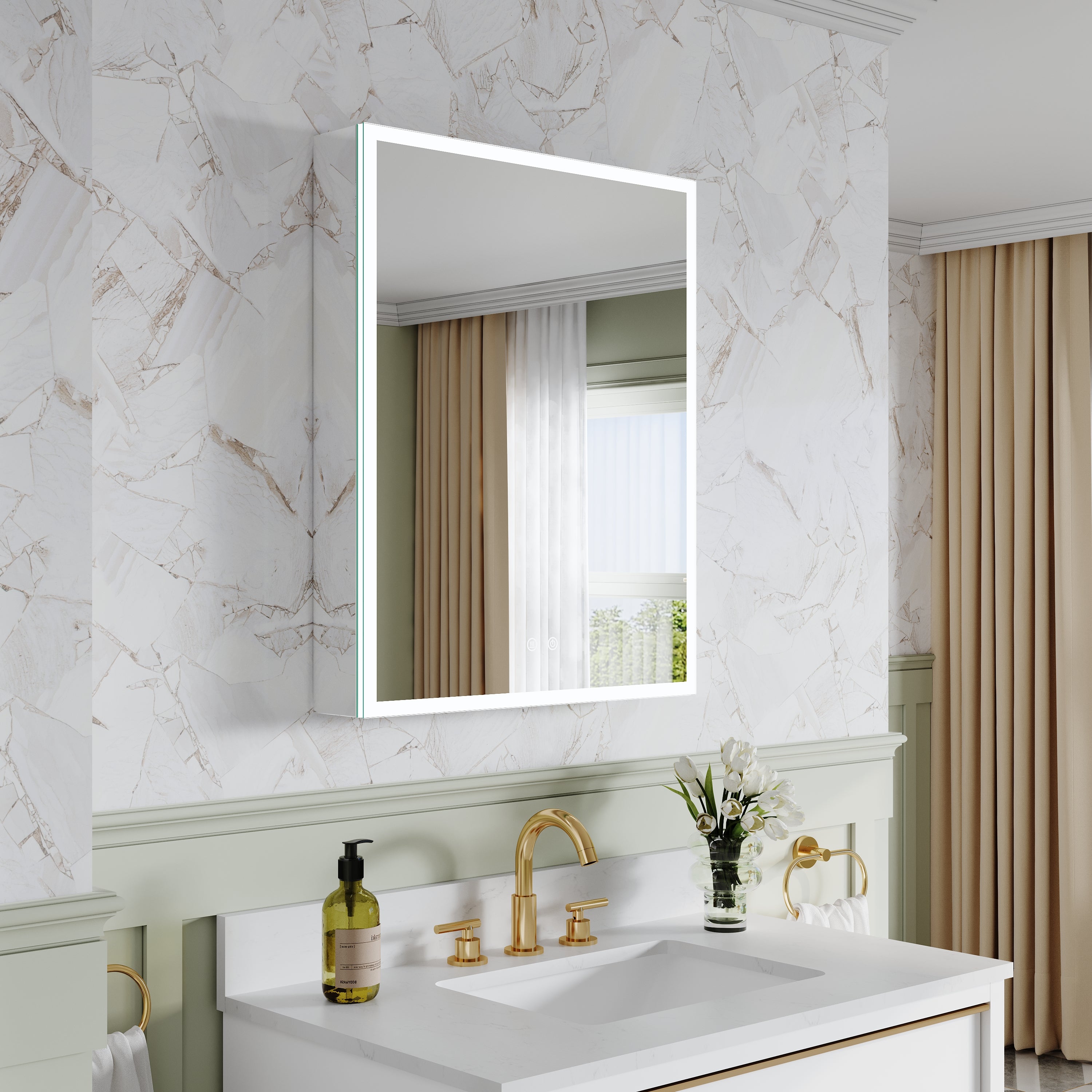
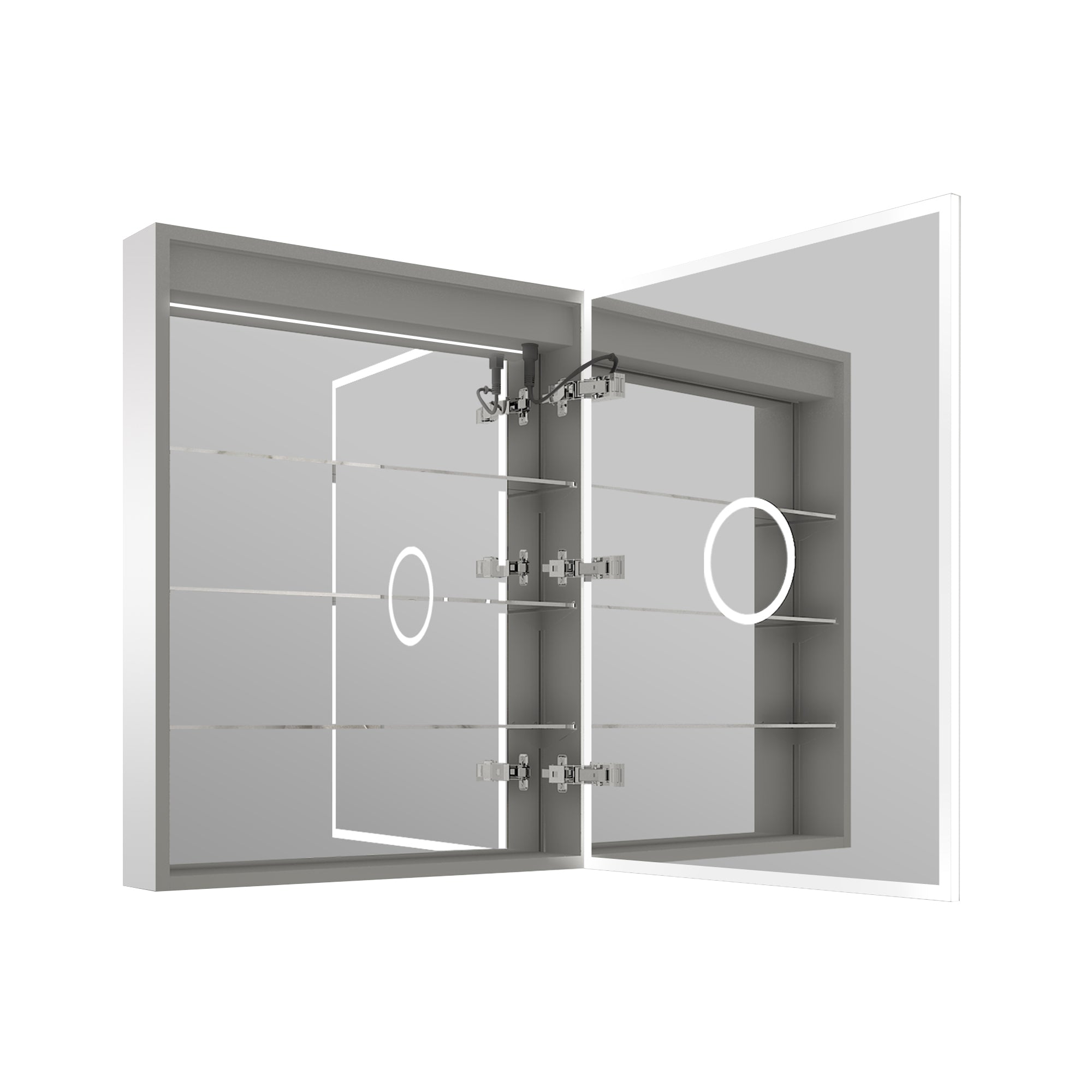
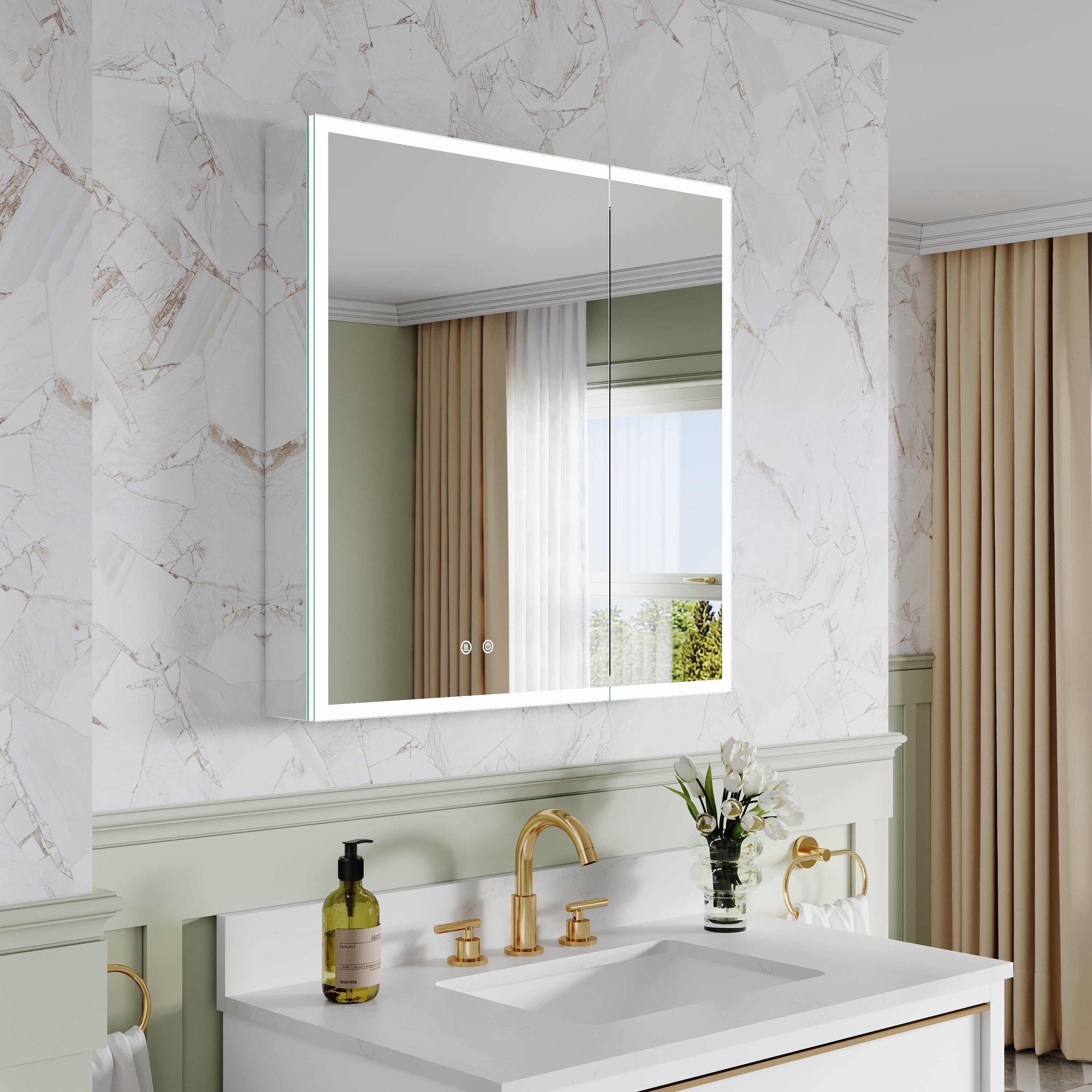
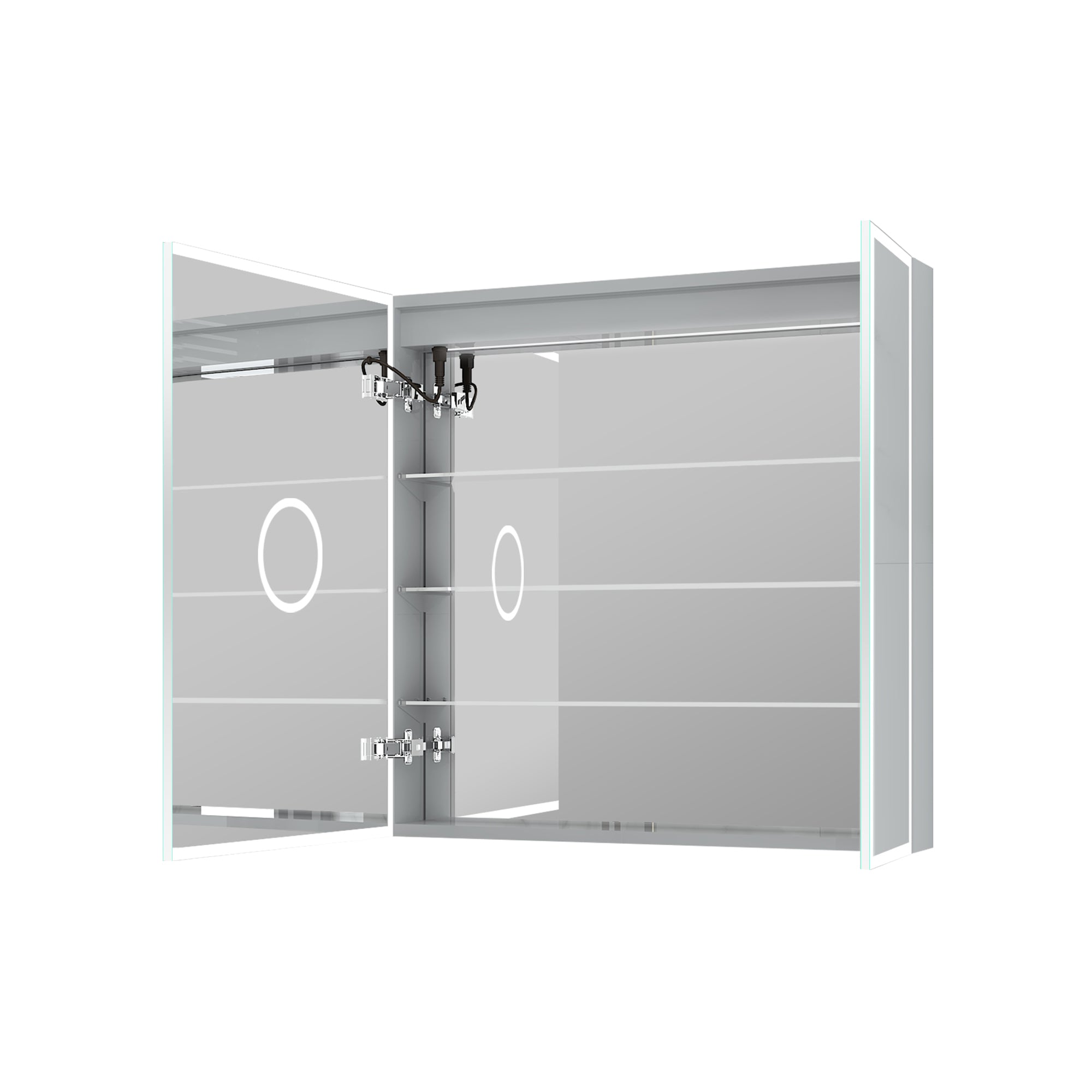
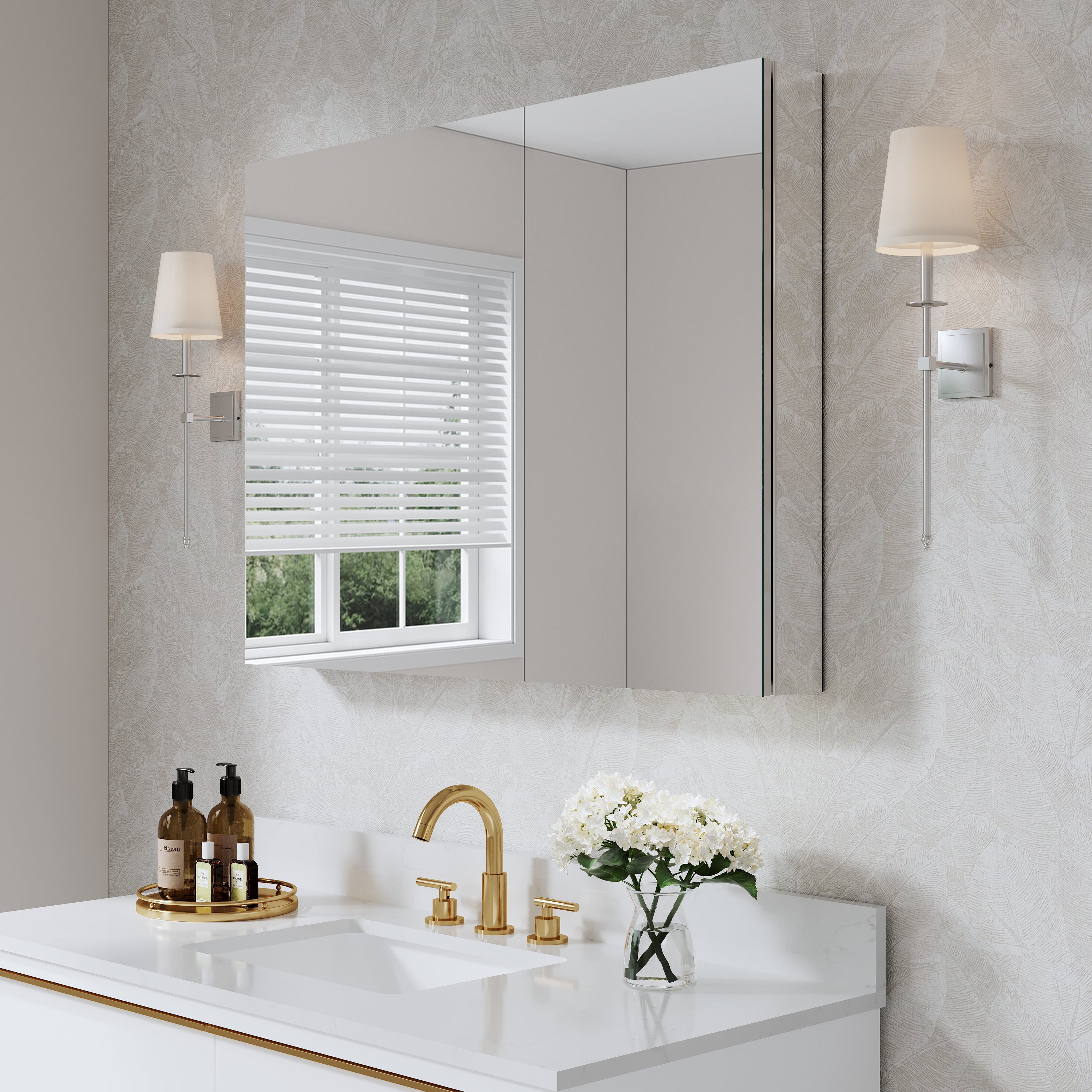

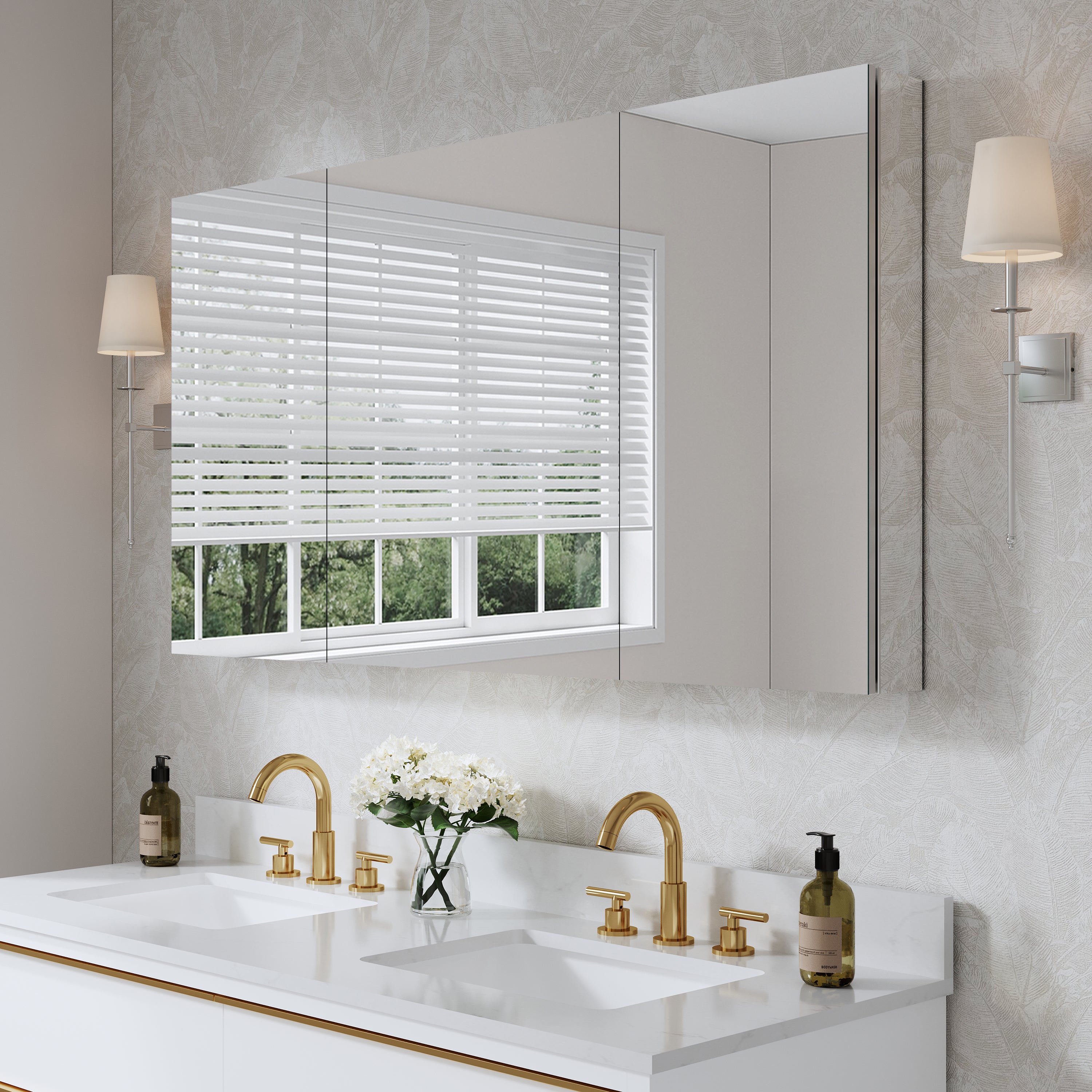

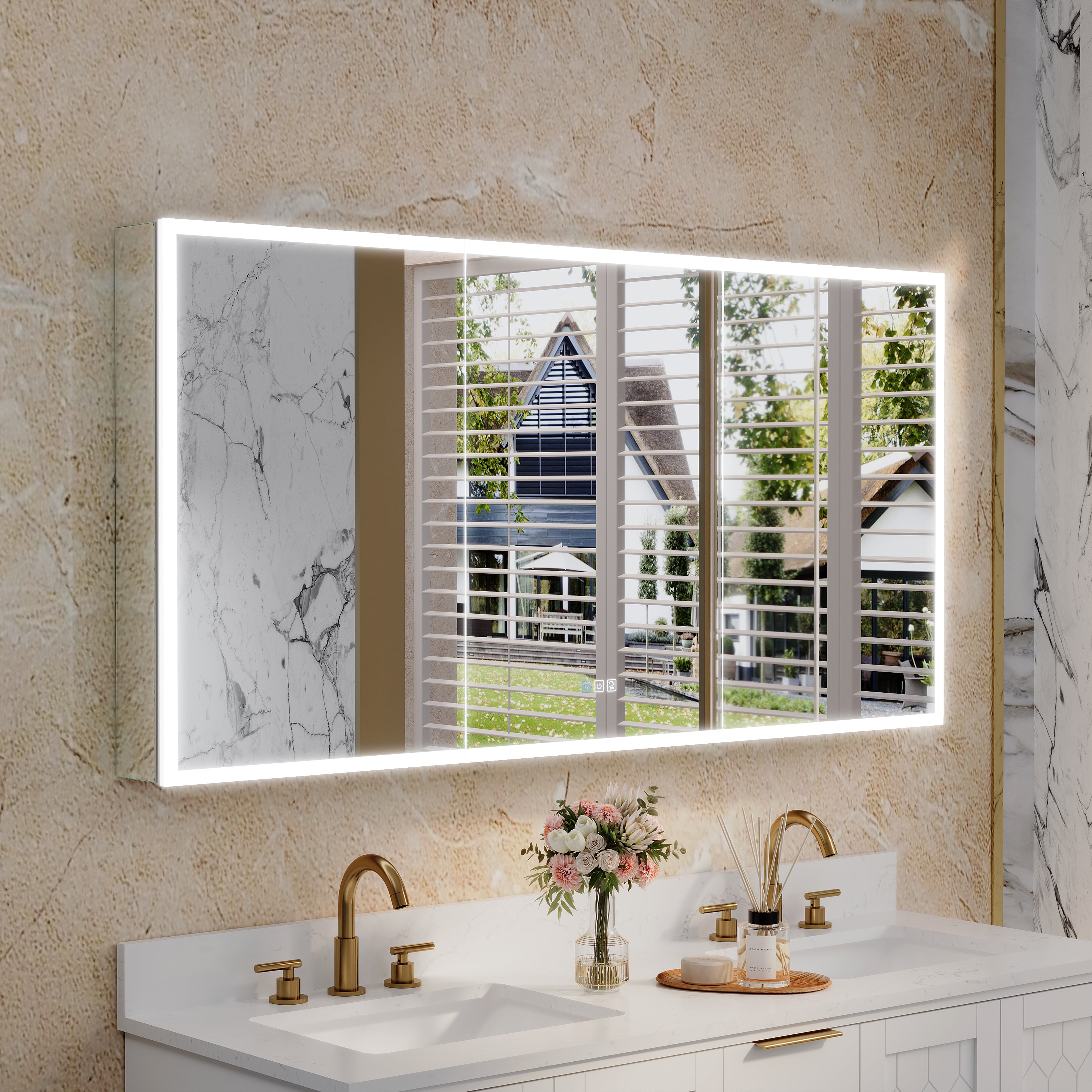

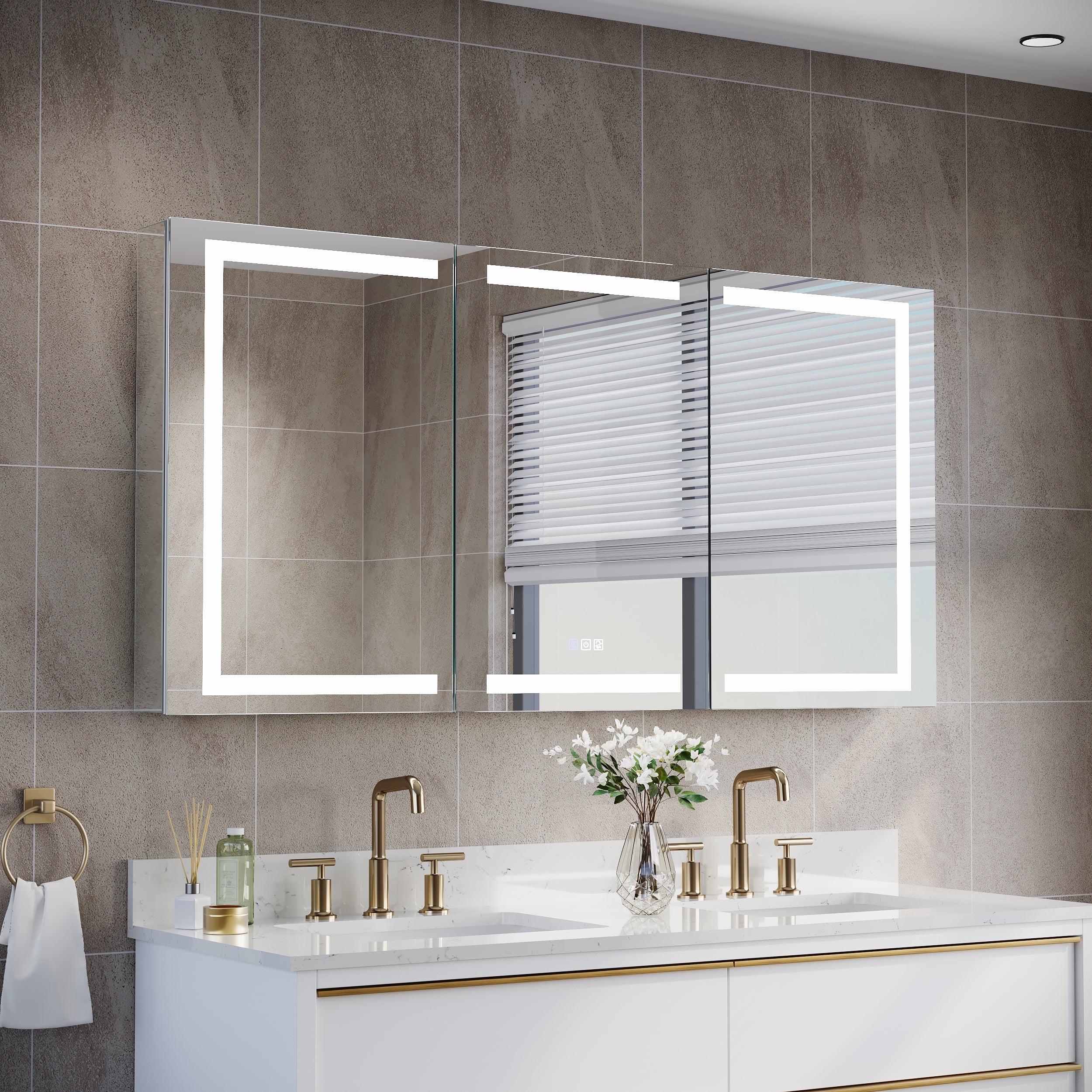


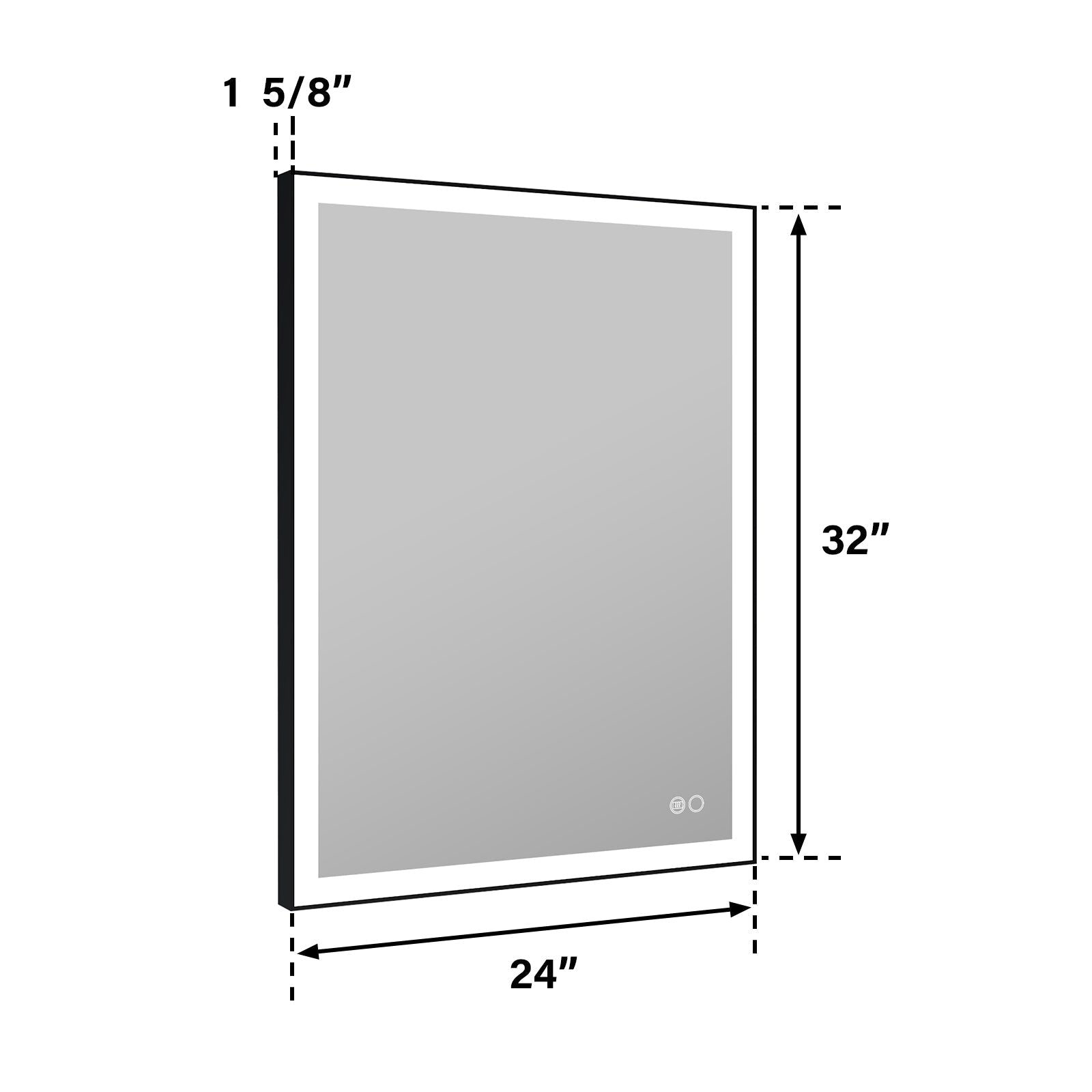
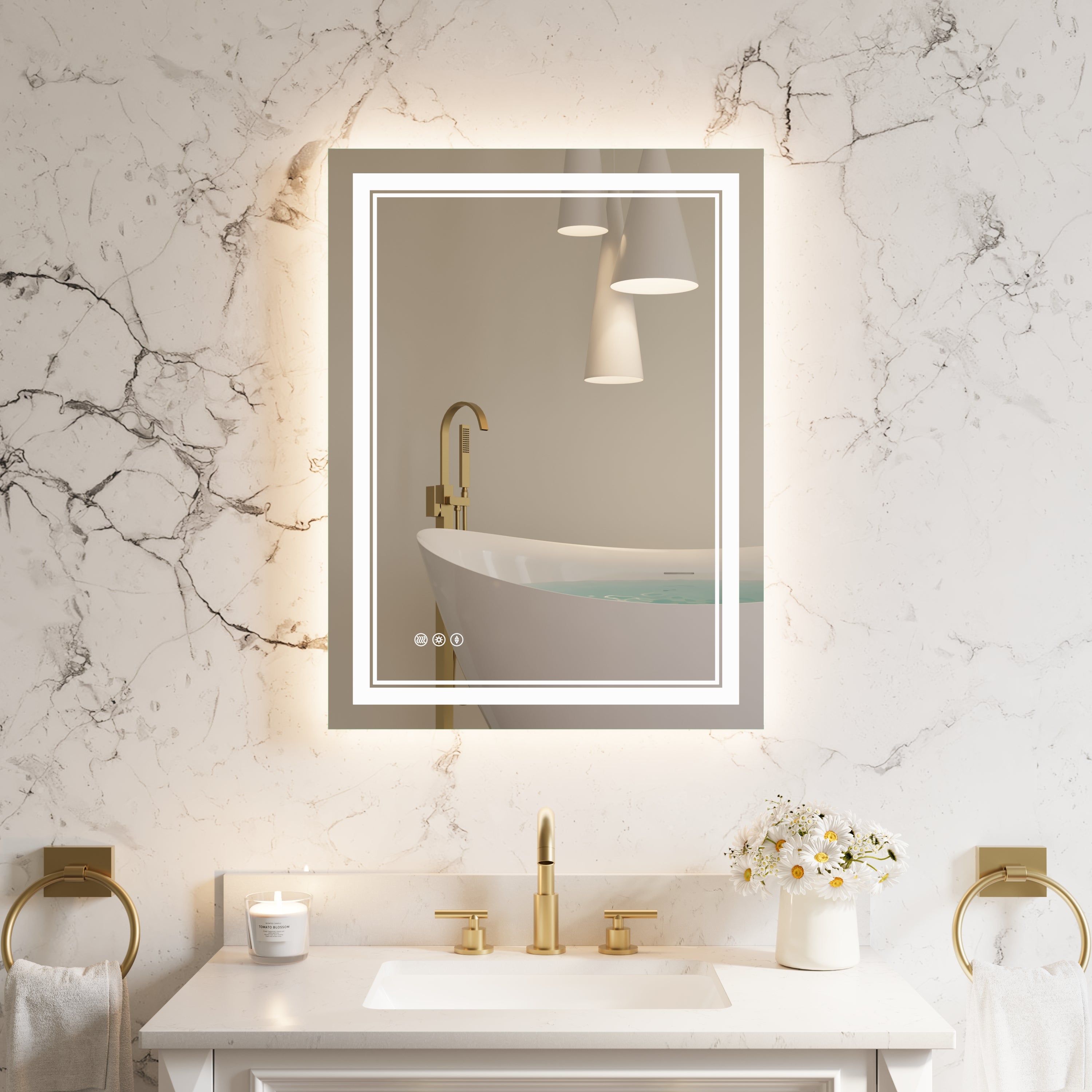
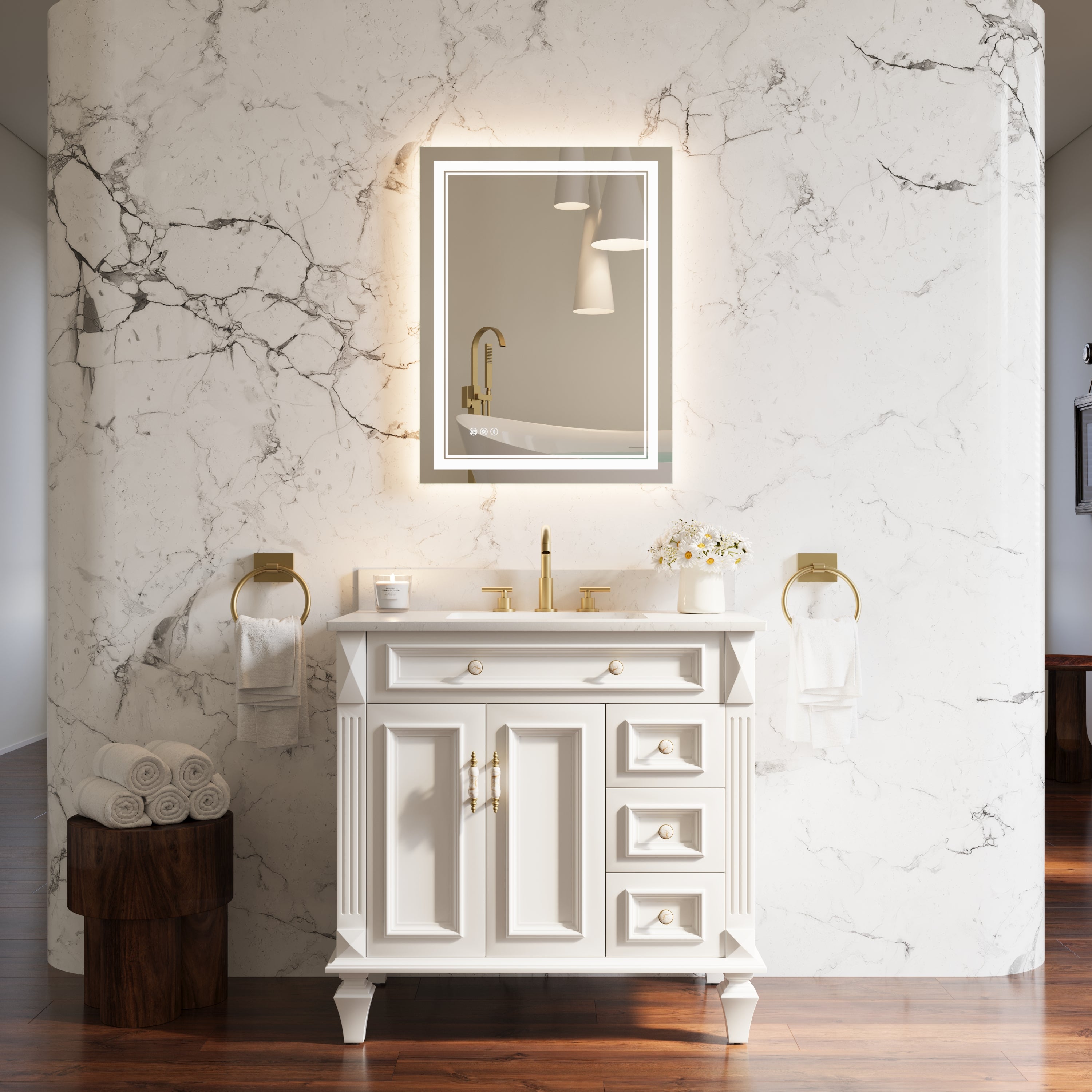
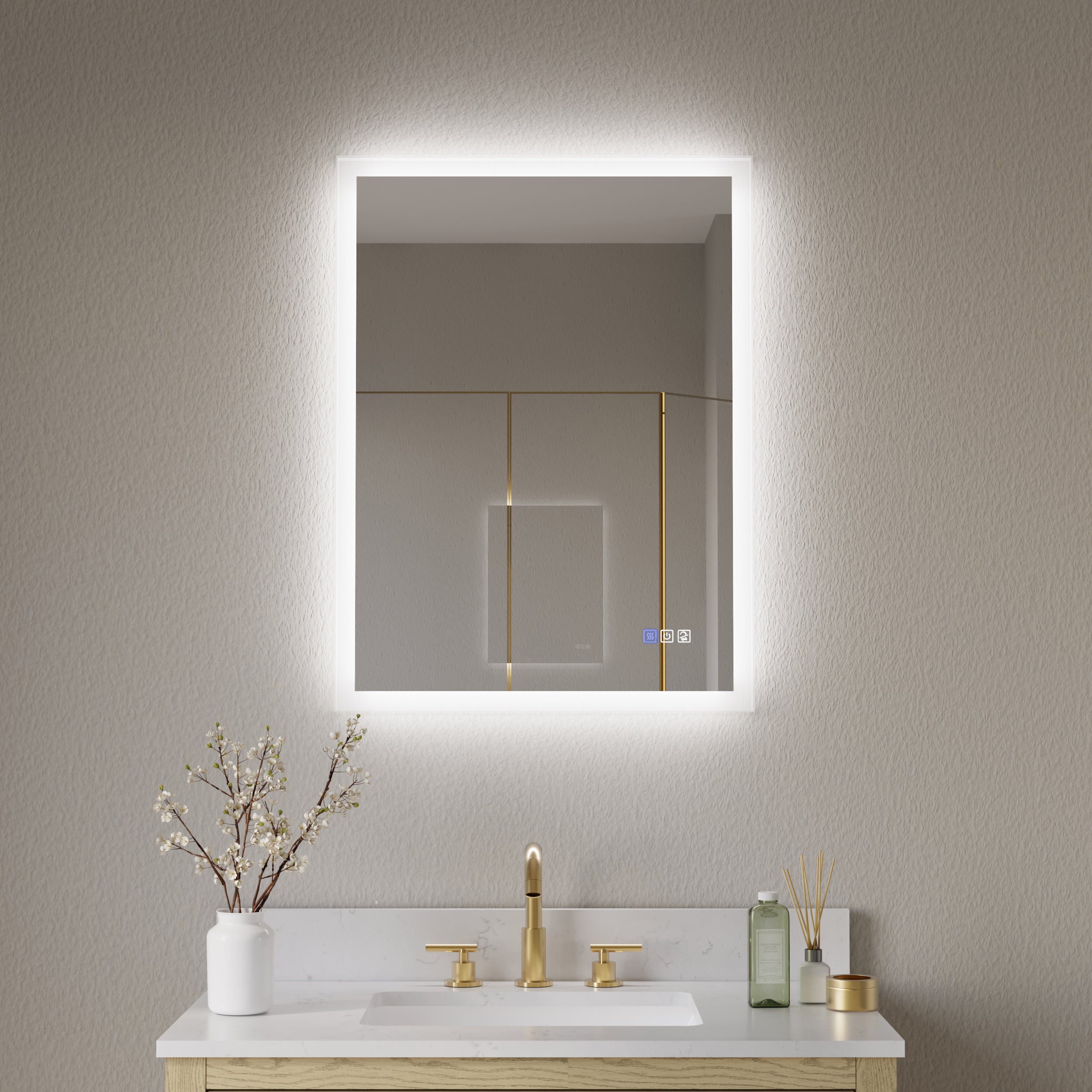

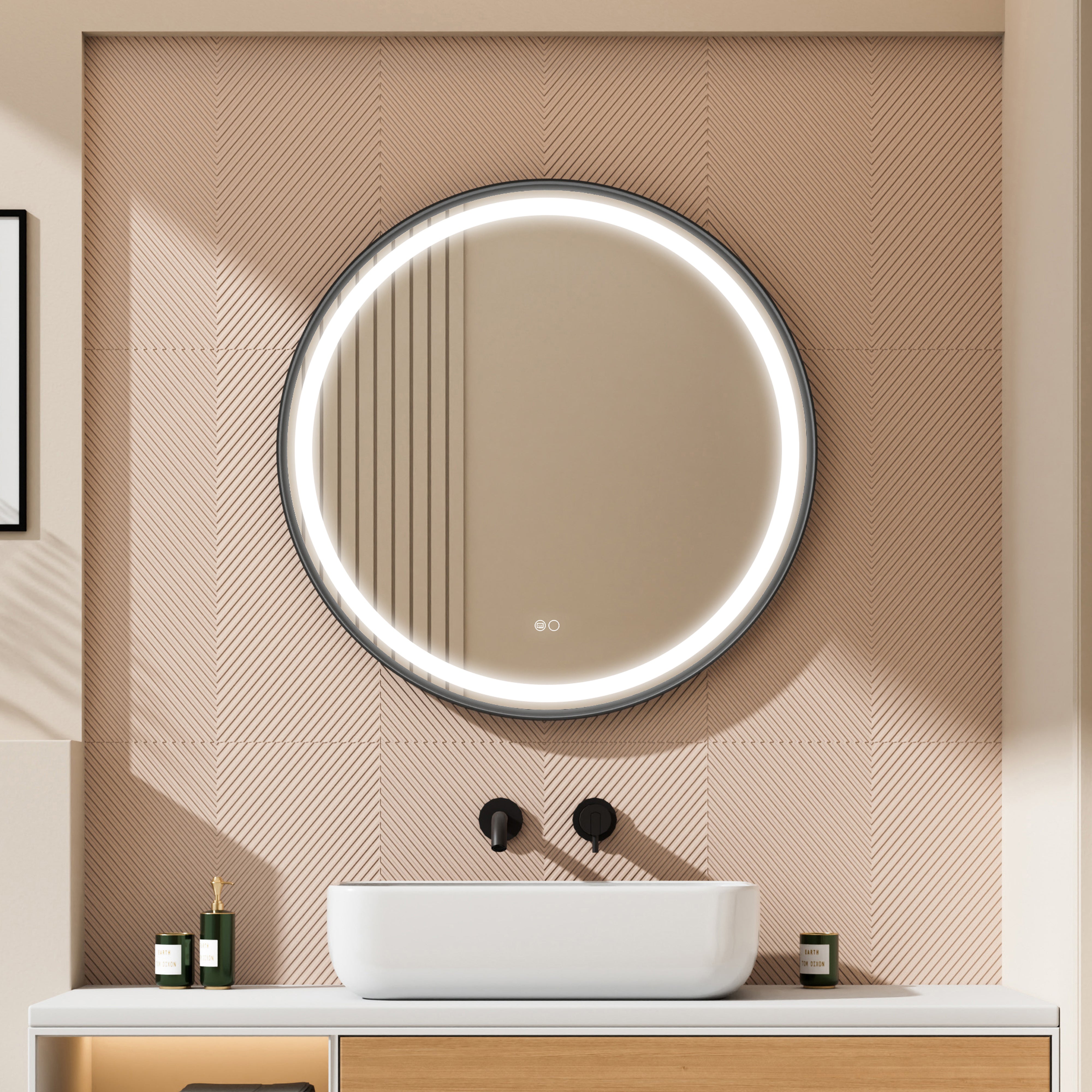
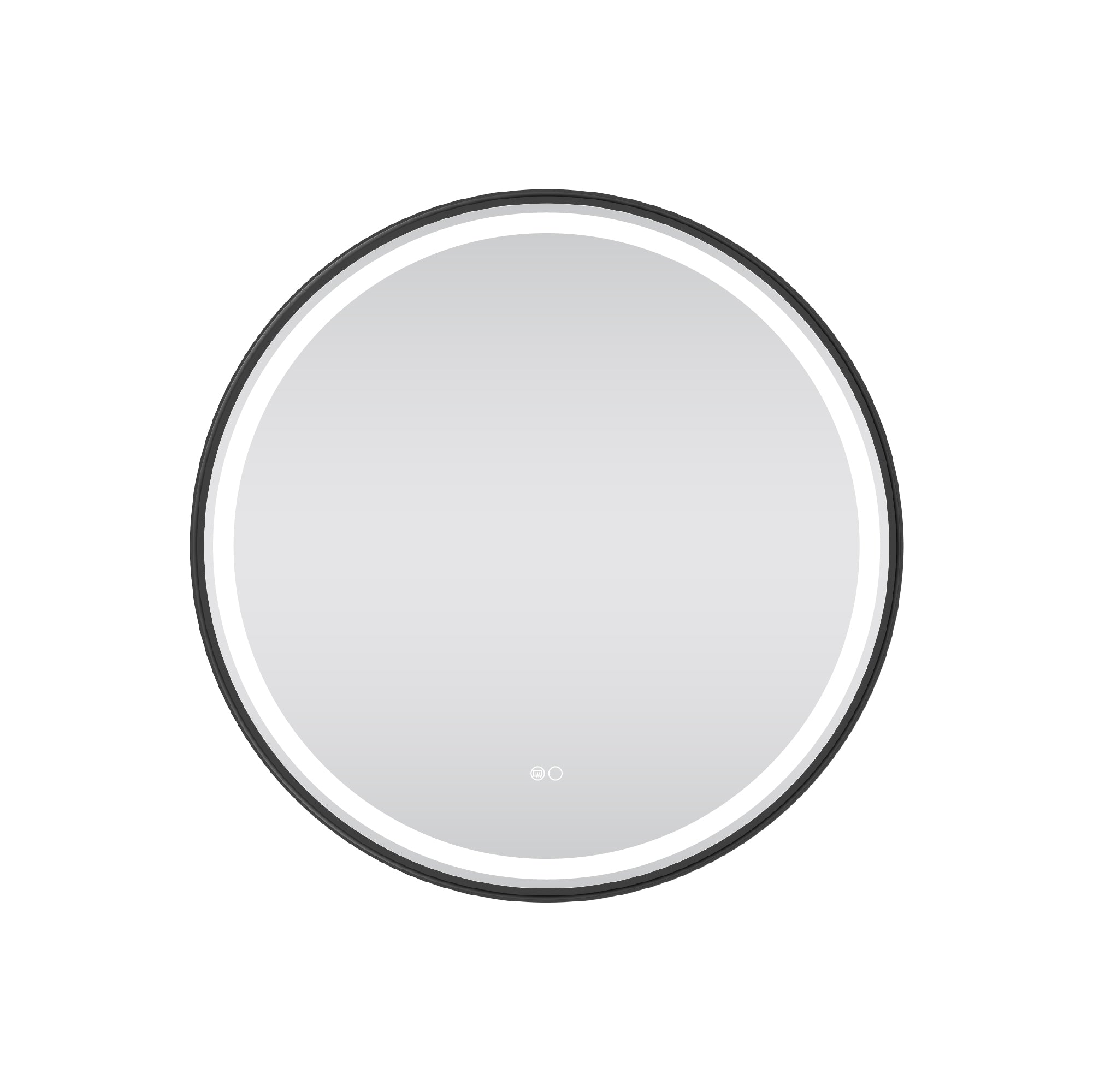


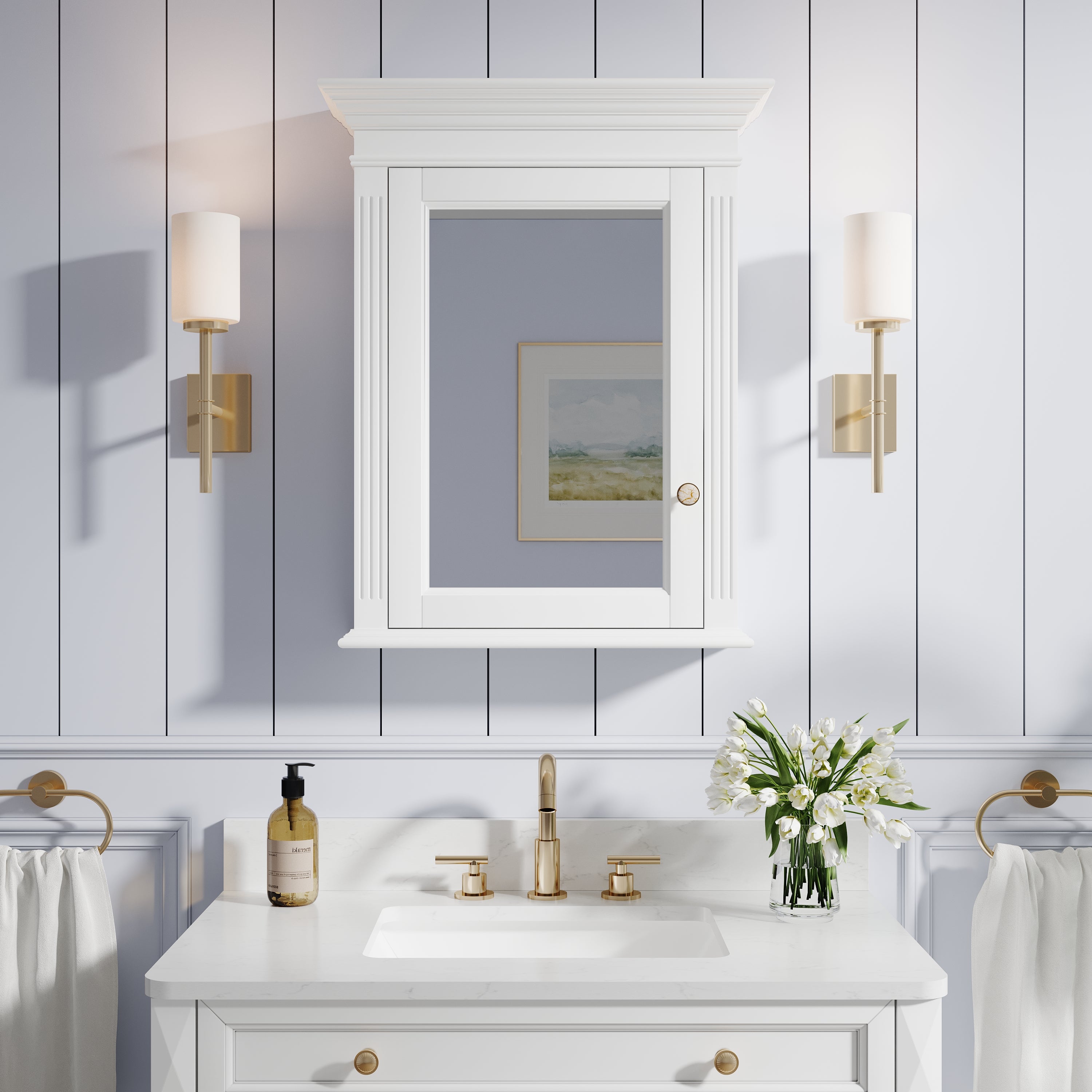
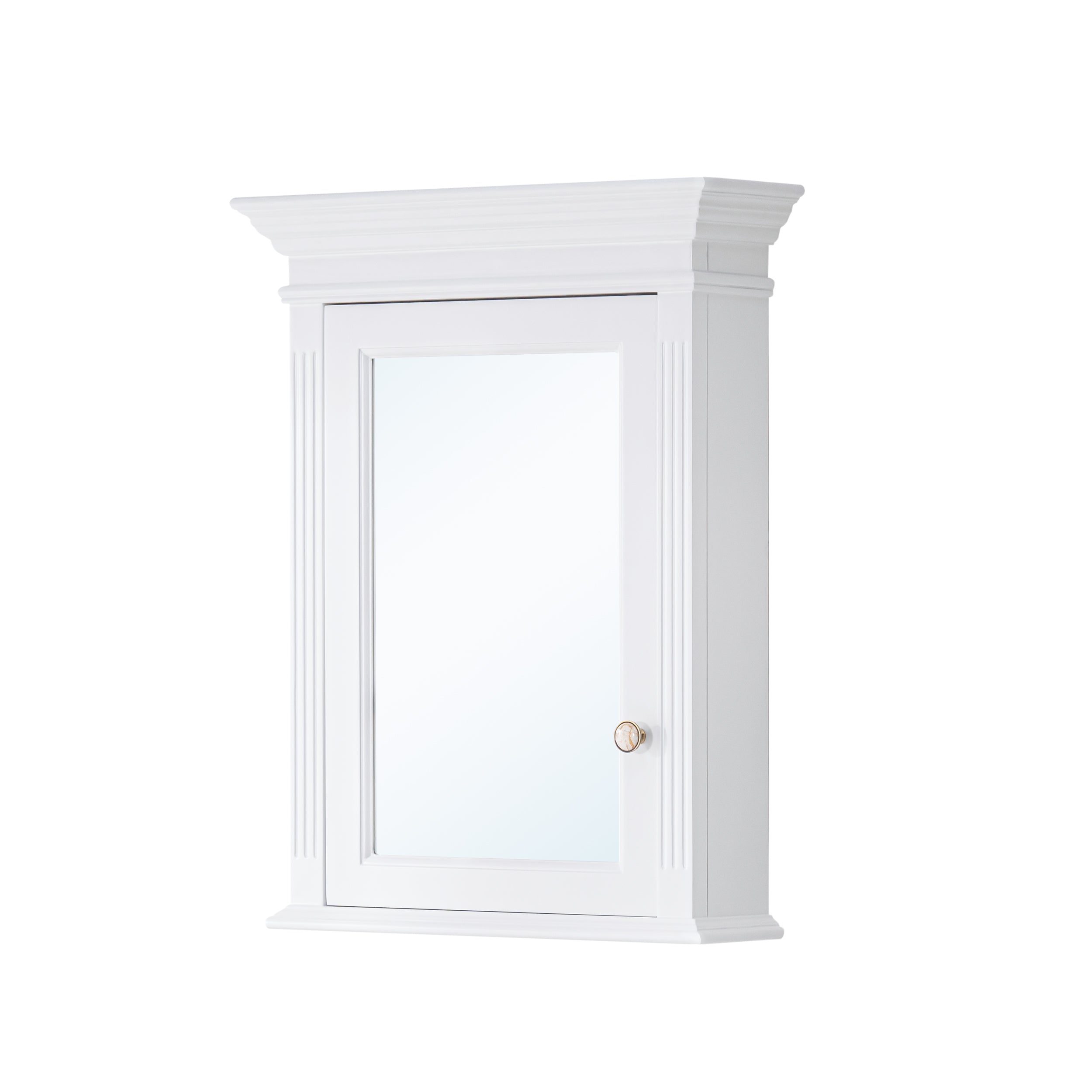
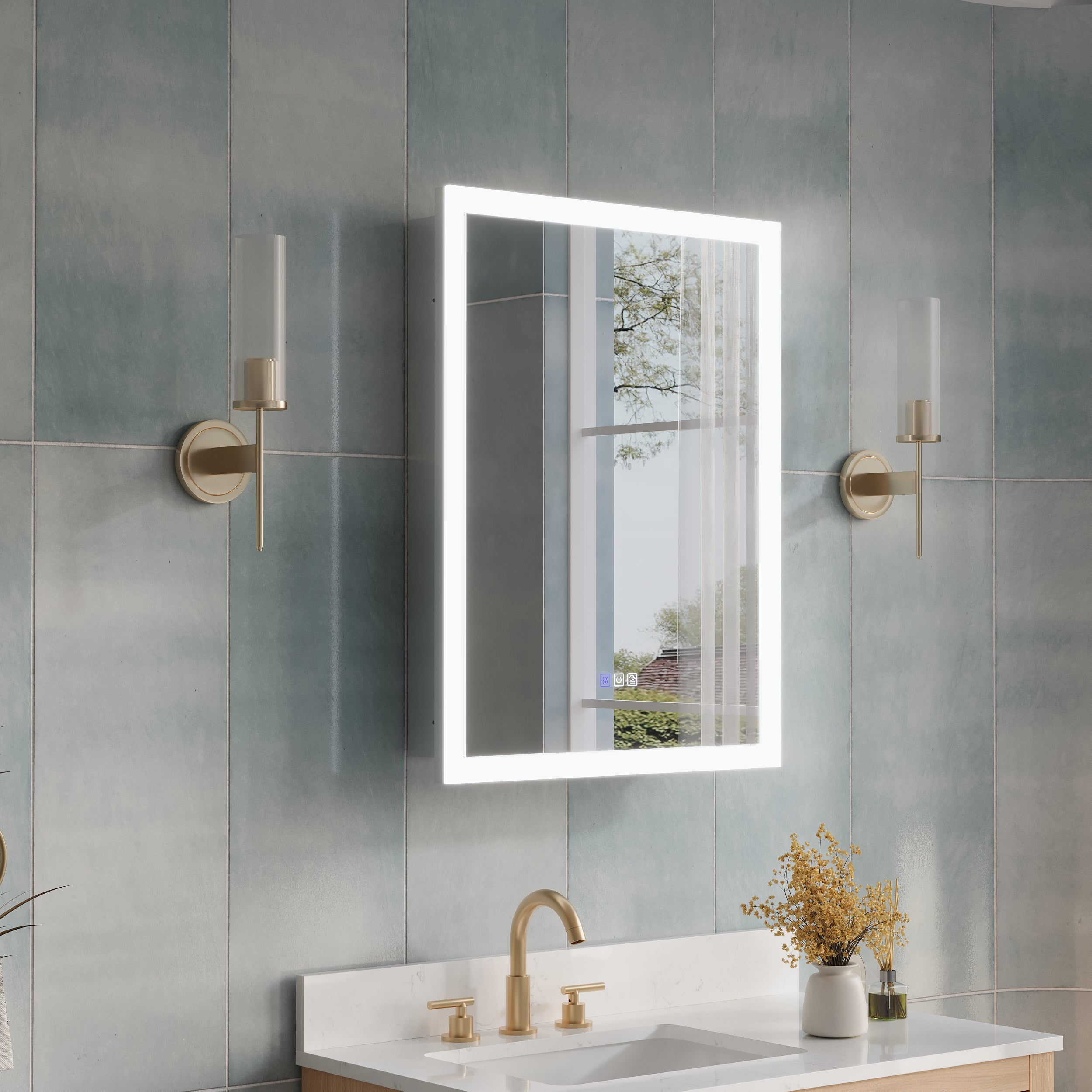
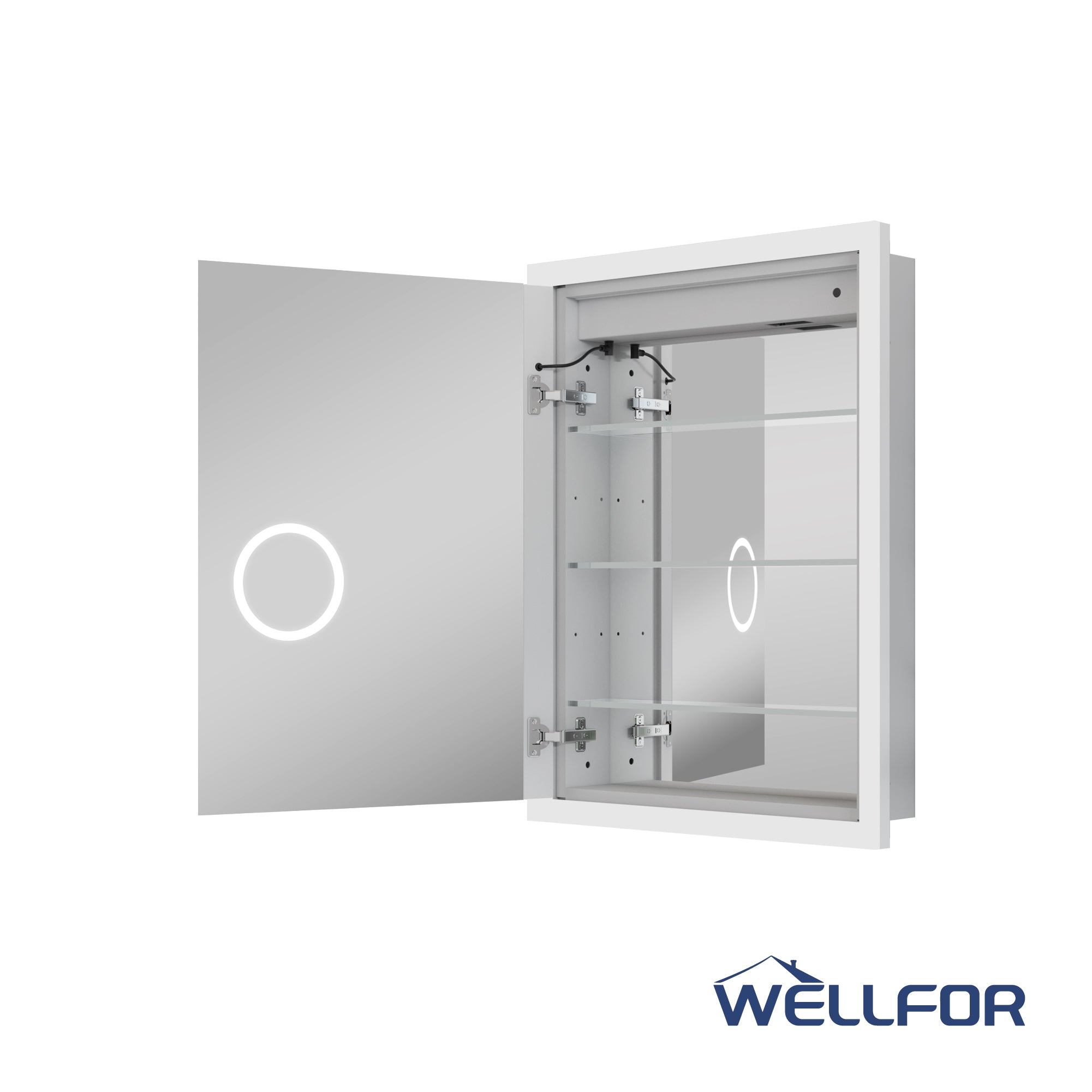
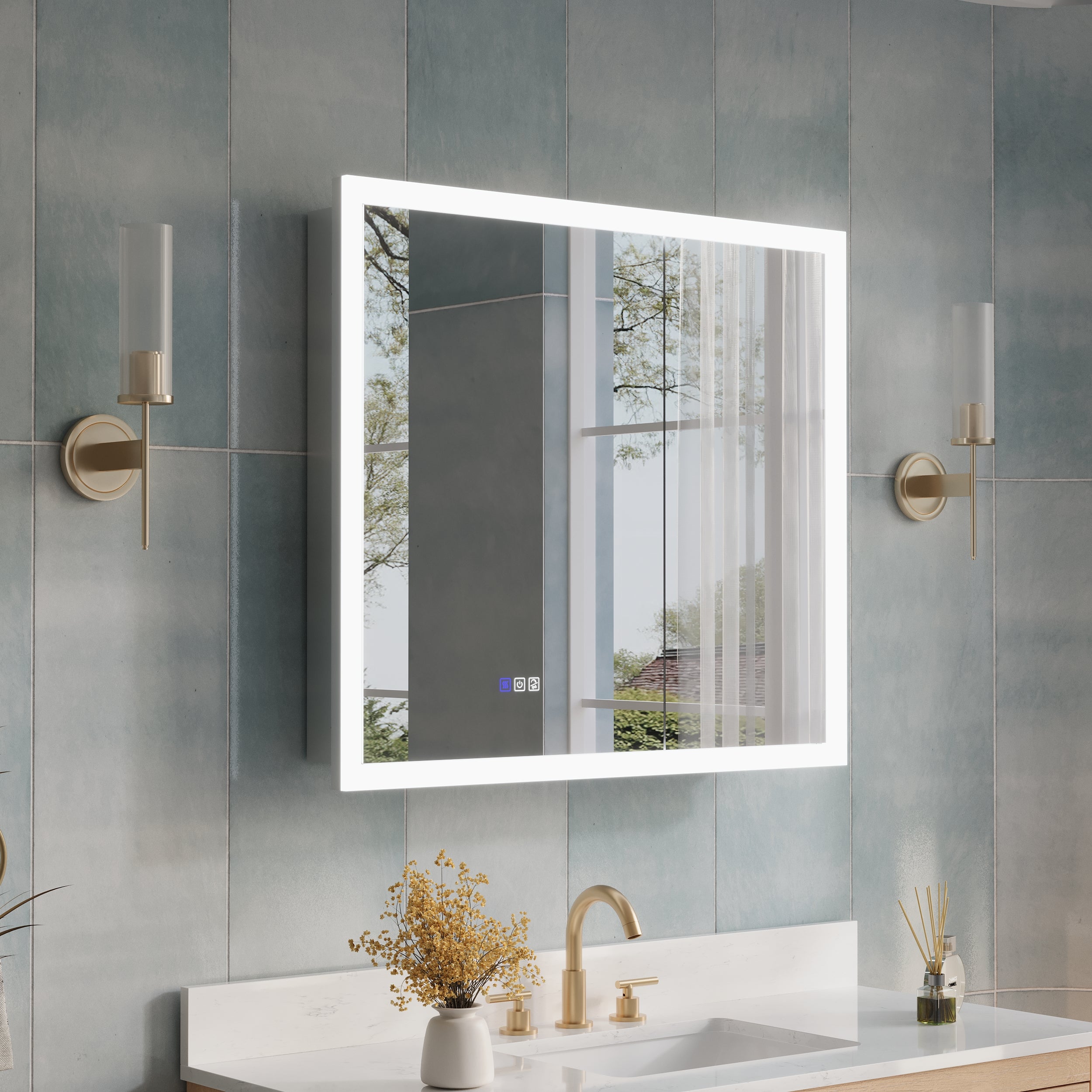




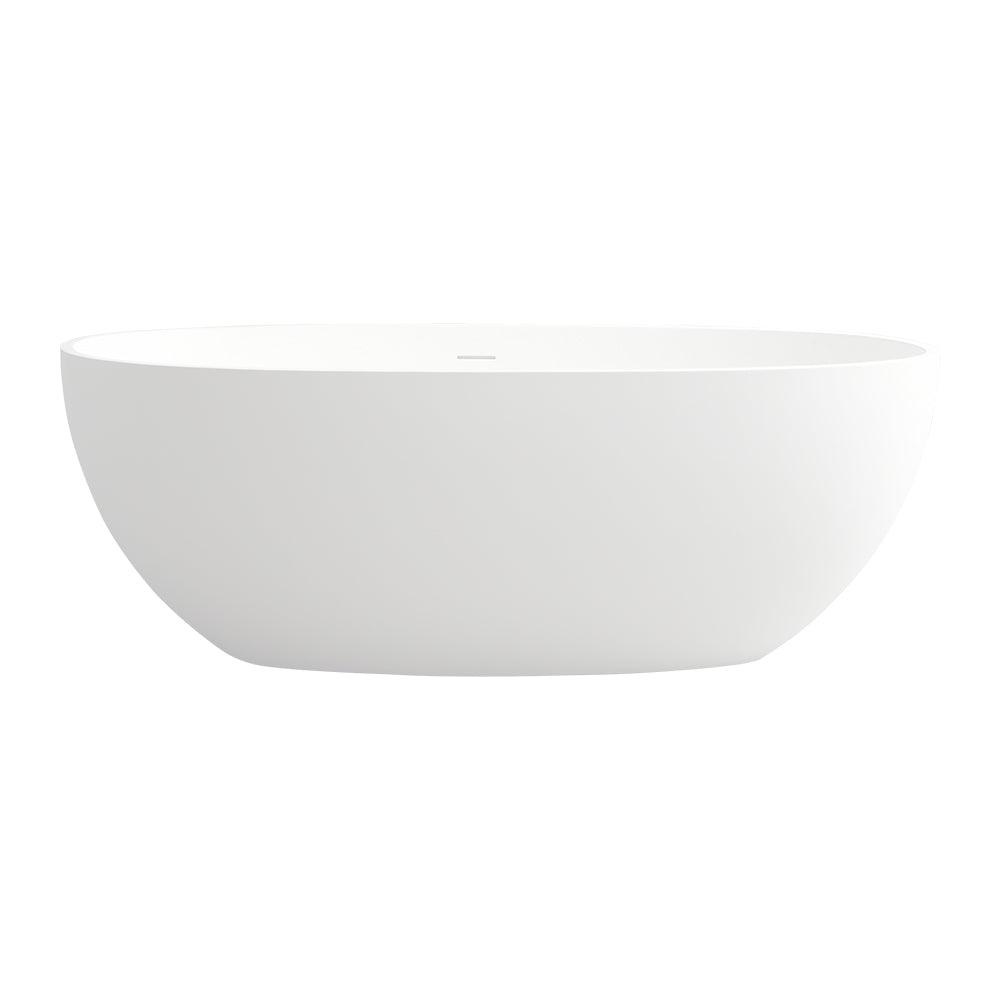
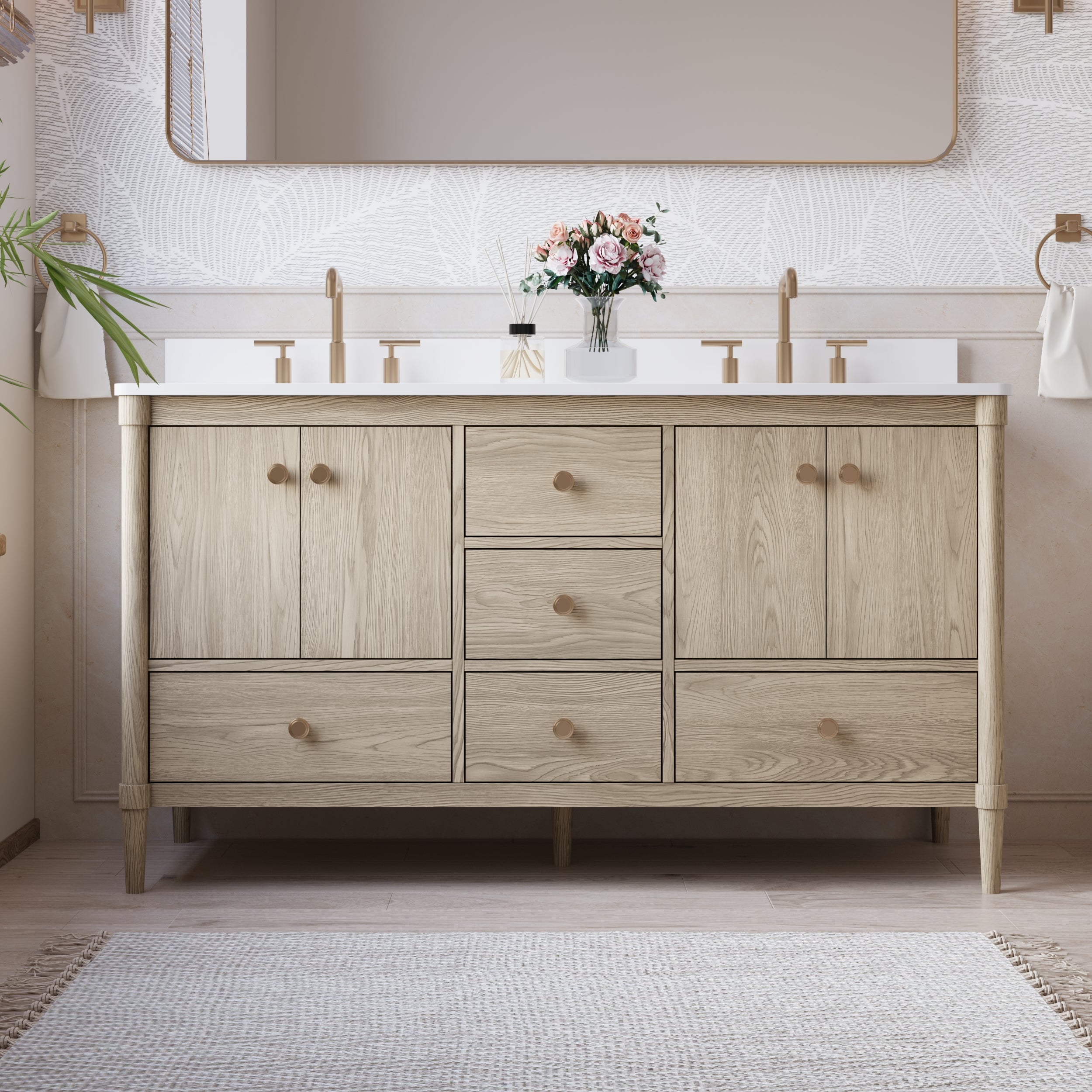
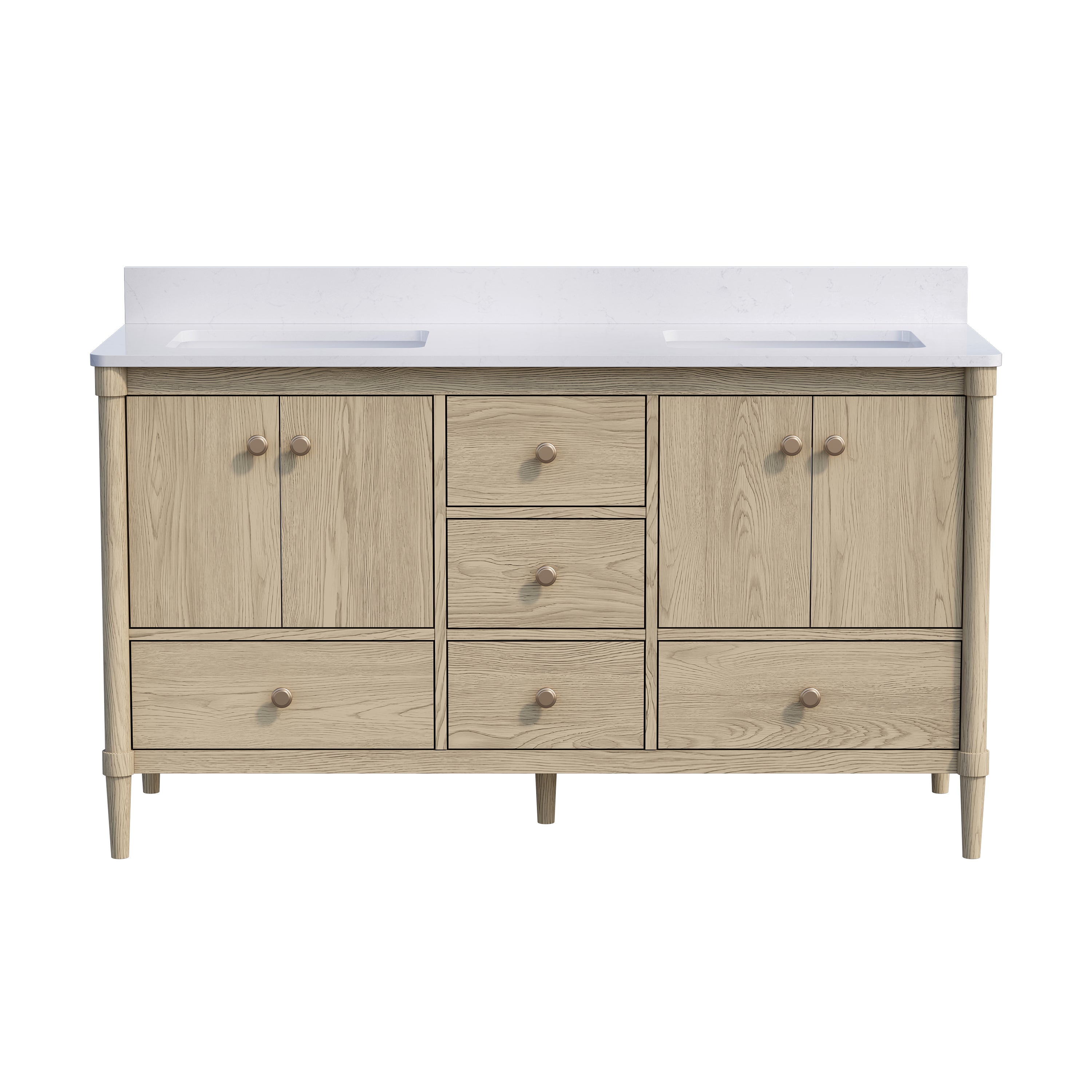
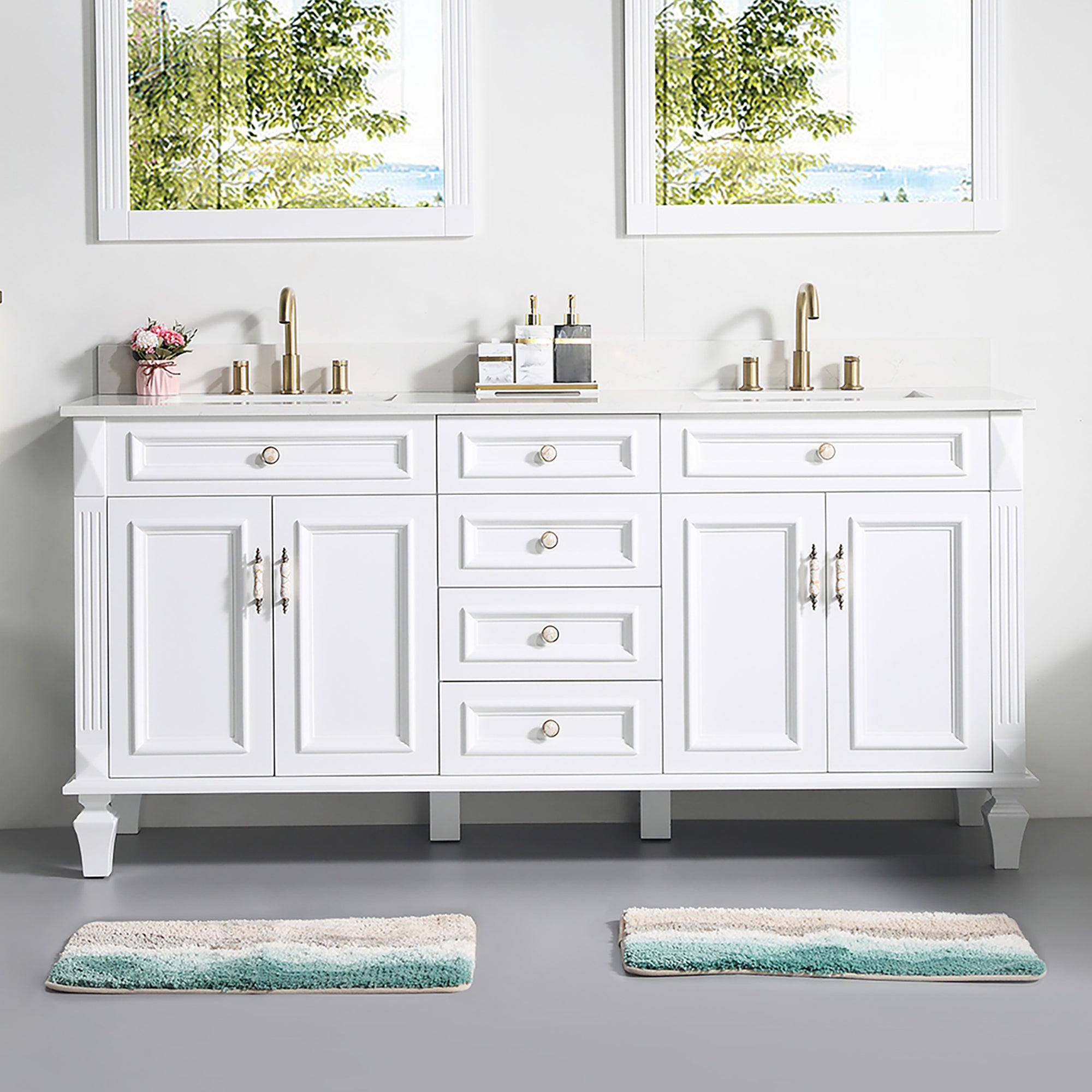

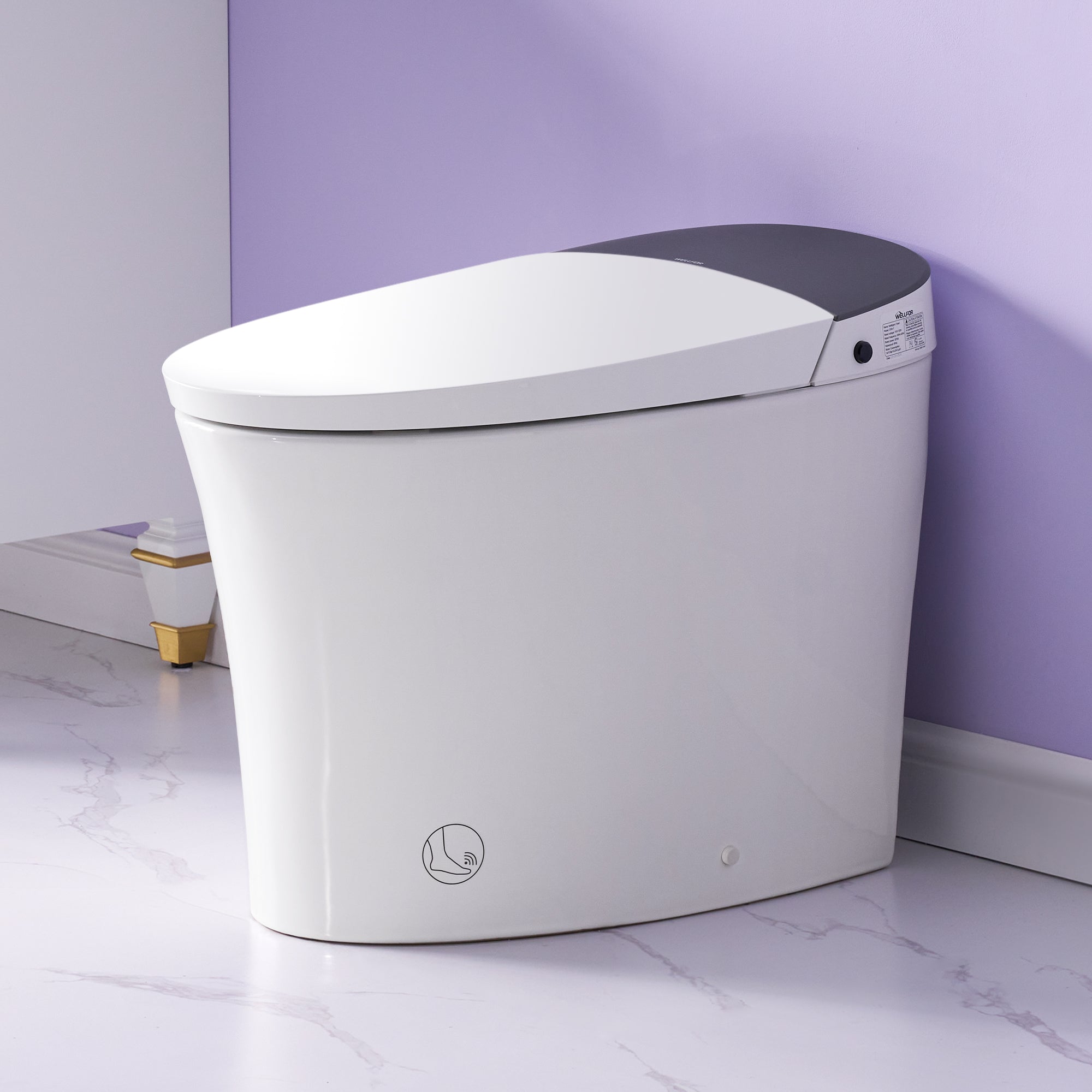
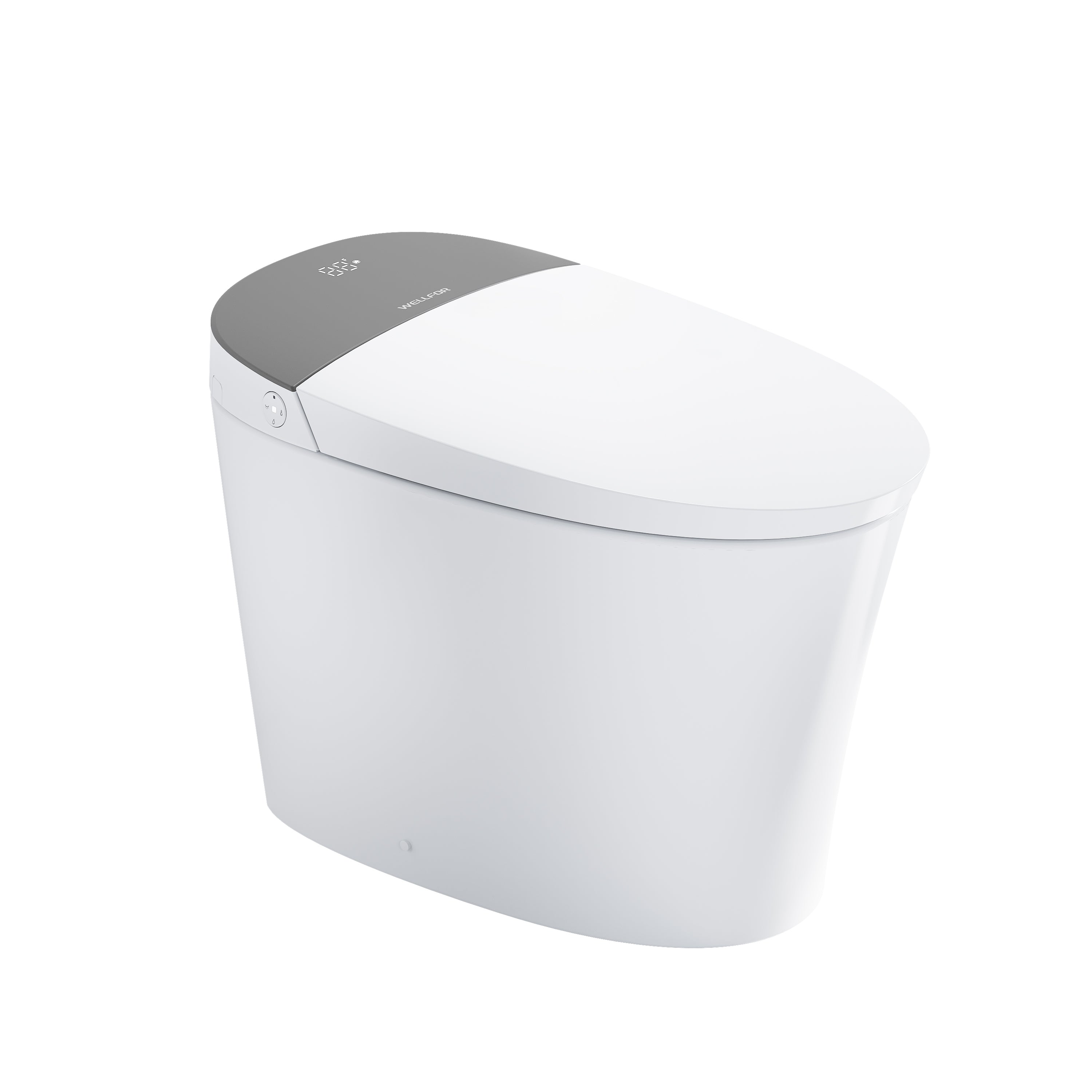

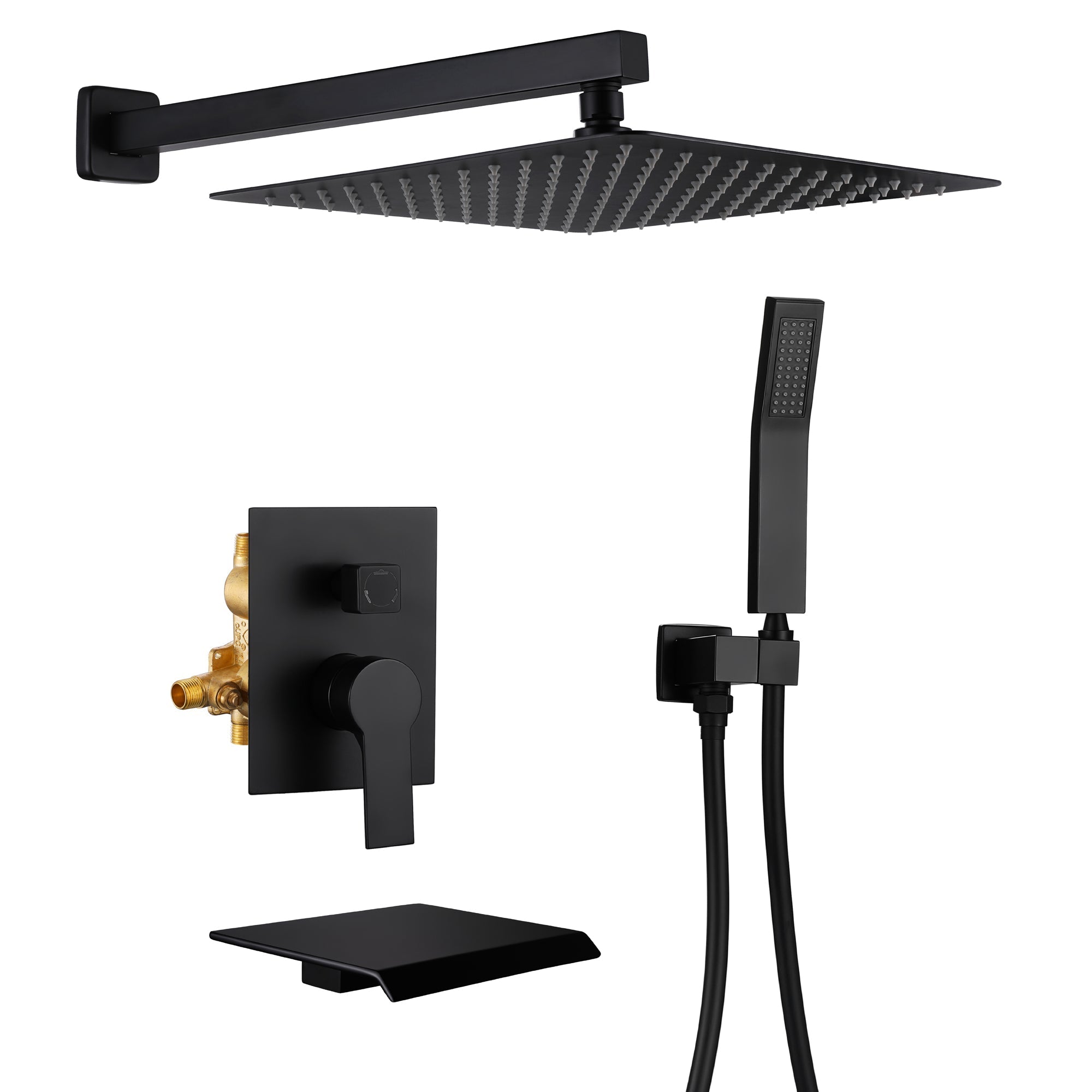
Leave a comment
This site is protected by hCaptcha and the hCaptcha Privacy Policy and Terms of Service apply.